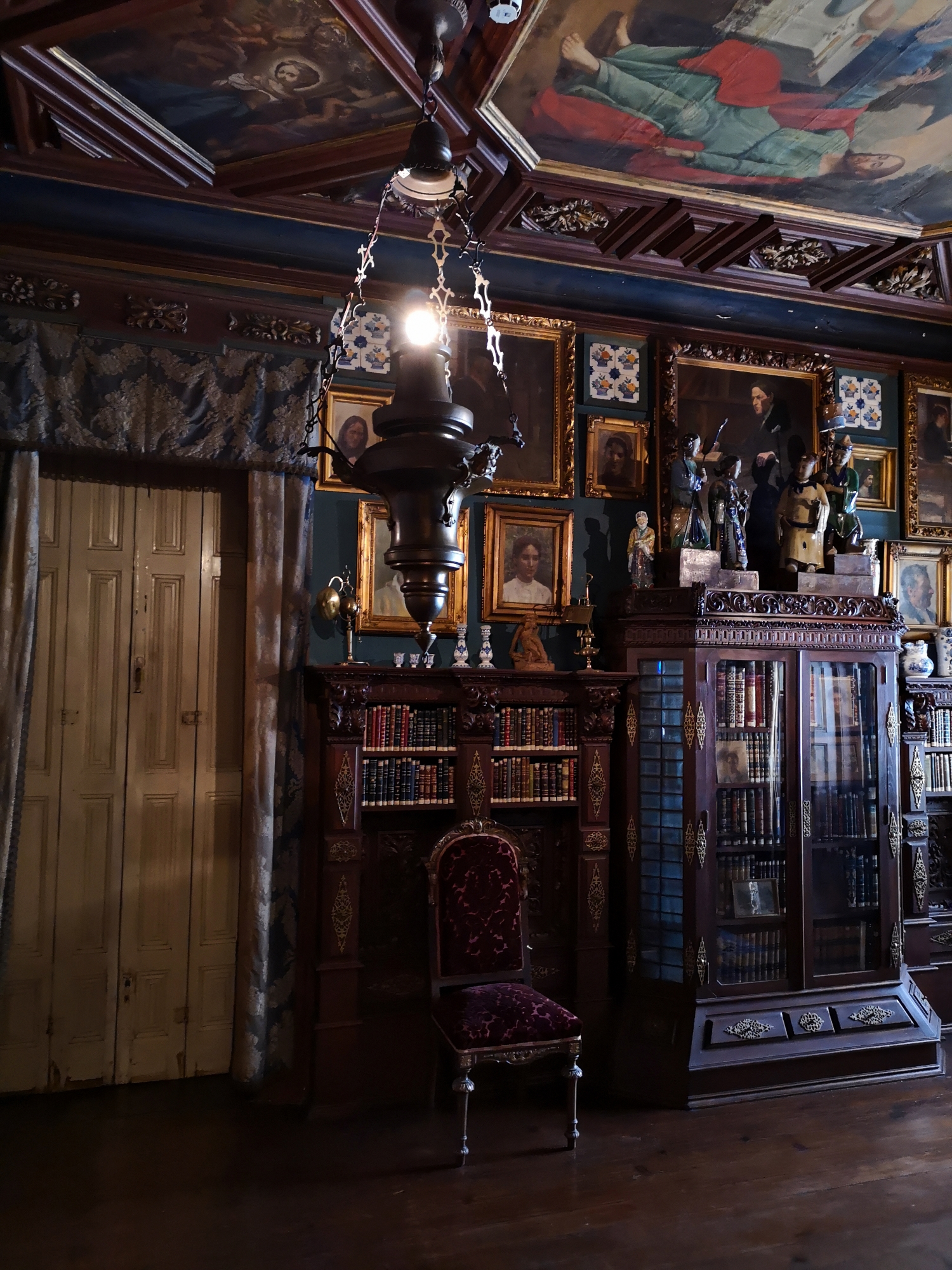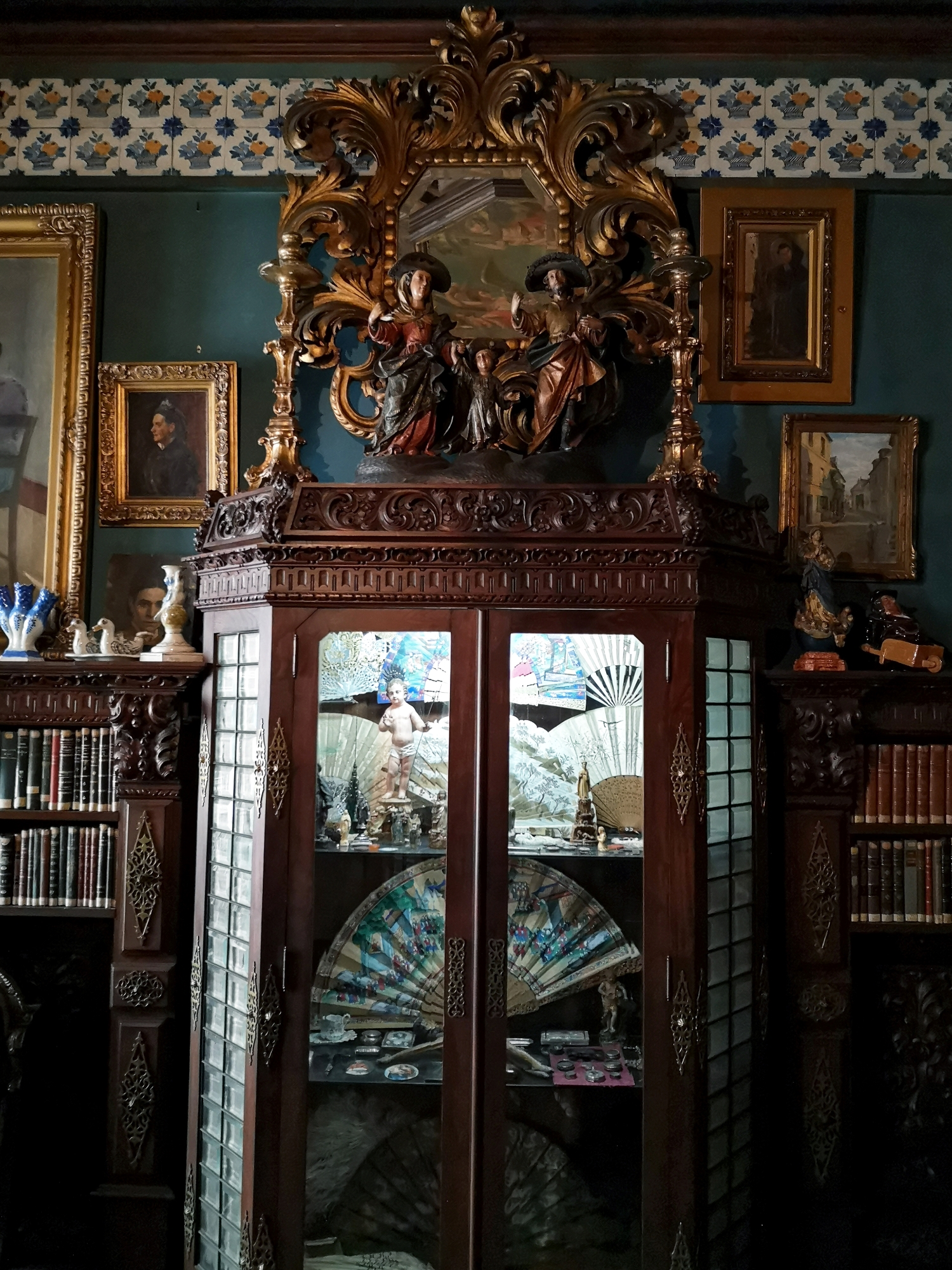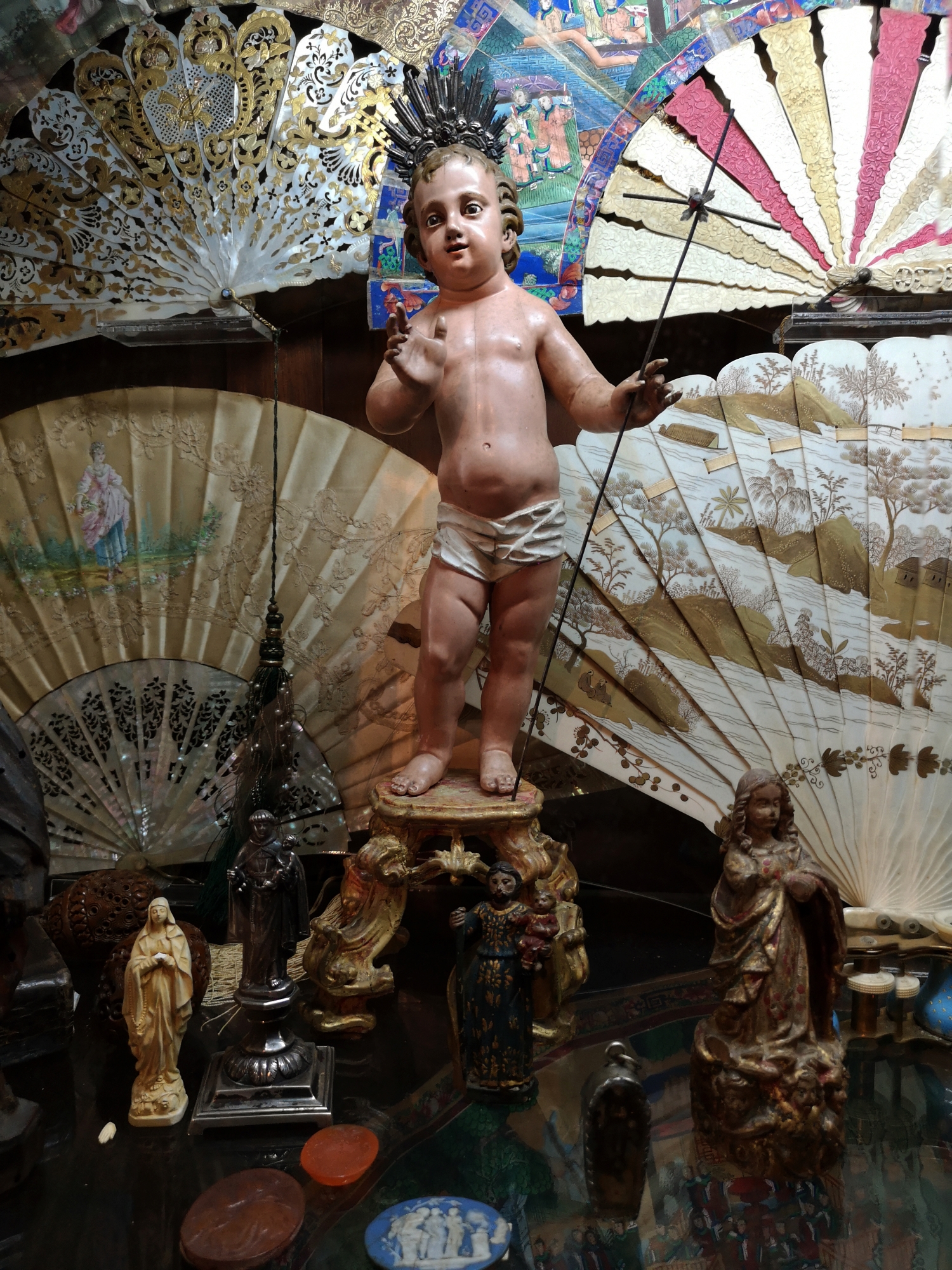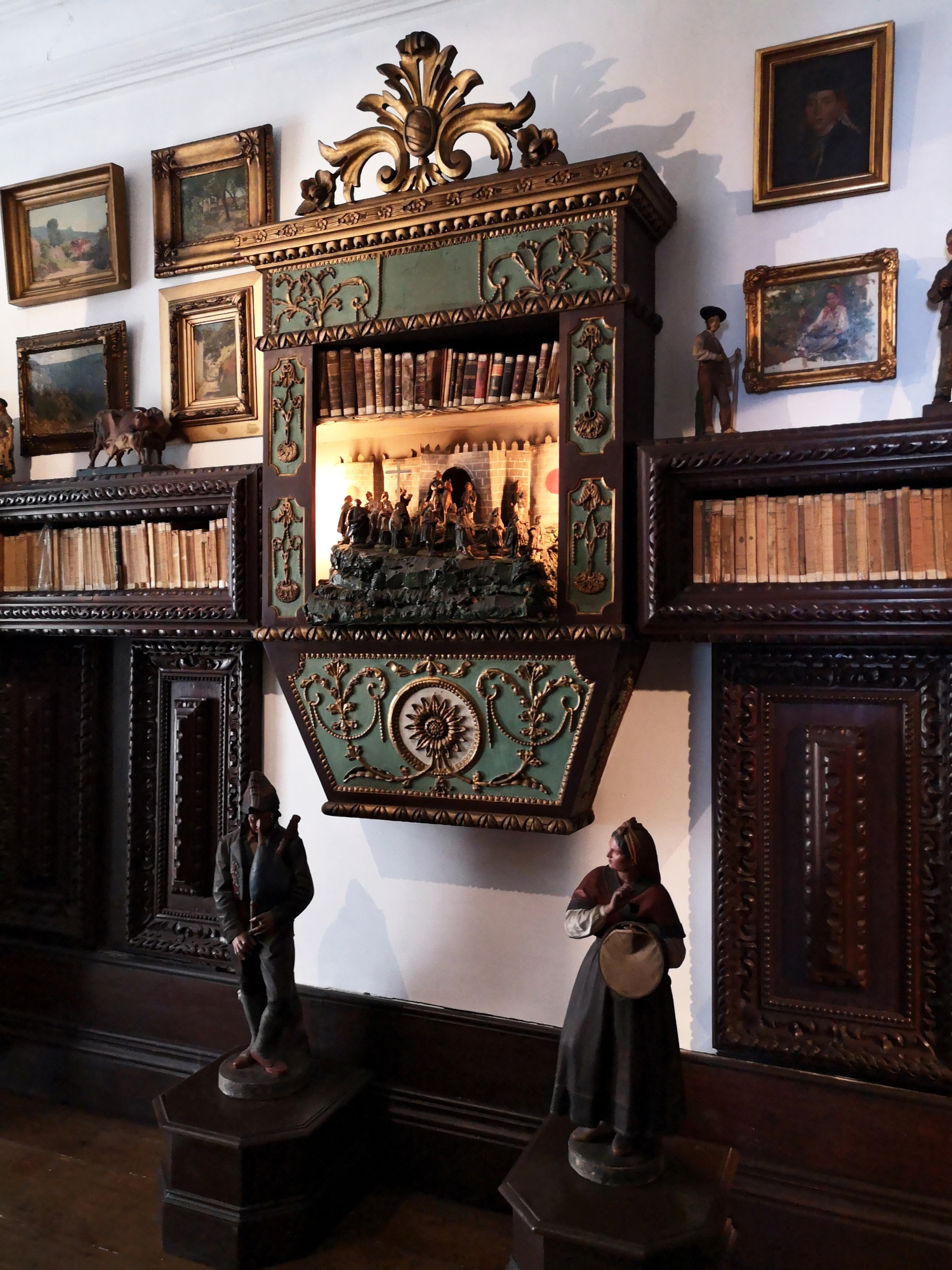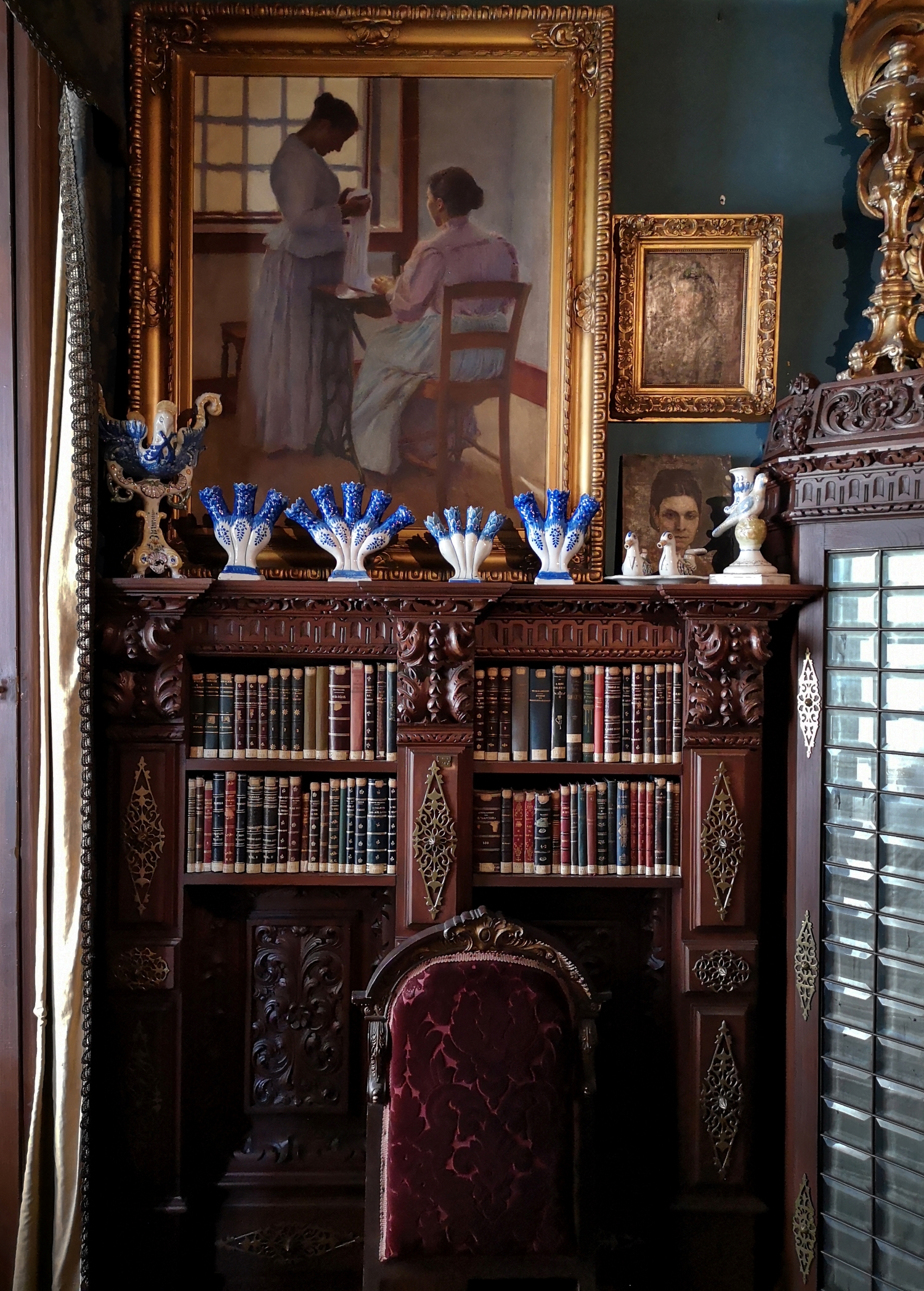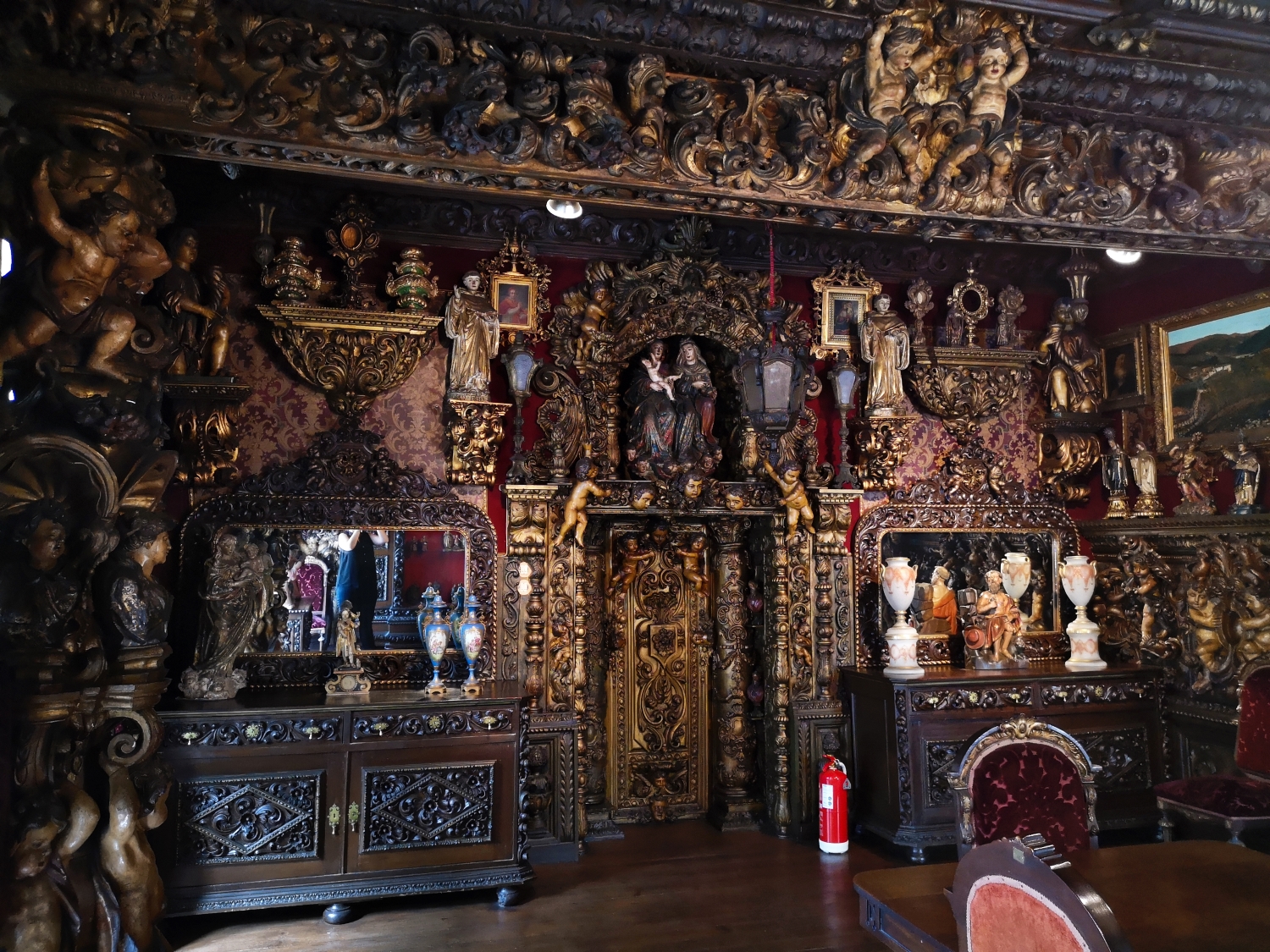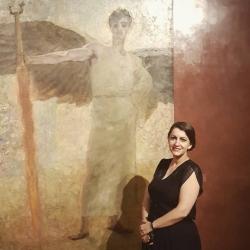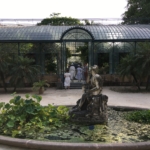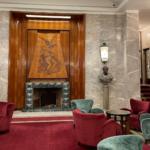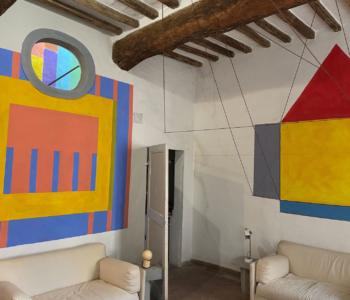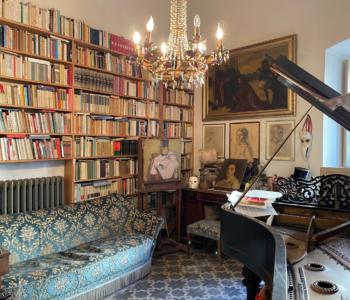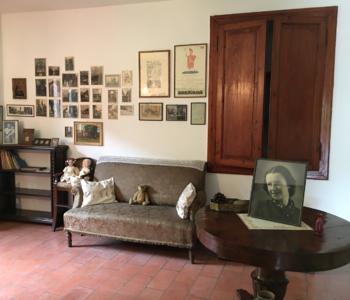where: Rua de Costa Cabral, 716, 4200-211 Porto, Portugal
hours: tuesday-friday 10.00-17.oo. Booking at least 3 weeks in advance
contact: se@mnsr.dgpc.pt
________________________________________________________________________________________________
I visited Porto for the first time more than 17 years ago, since it is just a couple of hours away from my hometown in the North of Spain. We, me and my family, fell so in love that only two years after made it our permanent summer residence. Some cities like Venice, Madrid, Prague, and definitely Porto, never cease to surprise you.
Fifteen years later, having spent weeks there, I still feel I have so much to see and discover in the city, but I had never expected to find one of the most amazing house museums there, hiding in the suburbs.
The visit is slightly complicated as you have to book weeks in advance or try your luck, I finally got my appointment after 3 attempts. The wait and effort are worth it as you get a private tour with a very kind and helpful guide that allowed, and even encouraged, us to take as many photos as possible and was really happy about the idea of the house being featured in a blog, as due to the lack of funds and promotion, is hardly known.
So I hope this article will bring more visitors to the place, it certainly deserves them.
Who is Fernando de Castro
Fernando de Castro (Porto, 1889-1947) was a portuguese businessman, poet, caricaturist and collector, who dedicated his life to acquire the most beautiful objects and designed his own house museum. The museum features an impressive collection of paintings from the XVI to the XX century (particularly XIX and XX Naturalism), religious sculptures, ceramics and the most remarkable carved wood pieces coming from Portuguese churches raided during the Republic period.
Castro’s passion for the religious art led him to carve his own pieces, mastering the technique and integrating his own designs into the collection. Almost no information about the collection has survived, as Castro’s sister and heiress either destroyed or kept for sentimental reasons most of the documents, and the art historian in charge, Dr. Vasco Valente, died abroad unexpectedly leaving his documenting work unfinished.
Castro’s life is not well documented until 1918 when his father died leaving him the family business and the house that would become the museum years after. His collection however started years before when he was 22, and the new Portuguese republic sanctioned the separation between church and state, leading to the vandalism and destruction of temples, but also making possible the acquisition of all sorts of objects, relics, and even whole sacristies and sculptures in Porto’s antiquarians.
Castro was never a dedicated businessman, as he rightly considered himself an artist. He wrote his first prose book in 1909, Meteoro, dedicated to the memory of his early departed nephew. His most famous sonnets were written between 1921 and 1925 and published with the title ‘Noivado Pobre’. He’s also popular in Portugal for his caricaturist work, now exhibited at his house museum. Is worth mentioning his remarkable role as a patron of Portuguese artists, which also motivated his sister to create the ‘Premio Fernando de Castro’ price to the best painter/sculptor at the Porto’s Art University. He also collaborated with the magazine ‘A Ilustraçao Moderna’, several art exhibitions and commissioned art and sculptures to Portuguese artists in economic difficulties, making generous donations to art foundations as well.
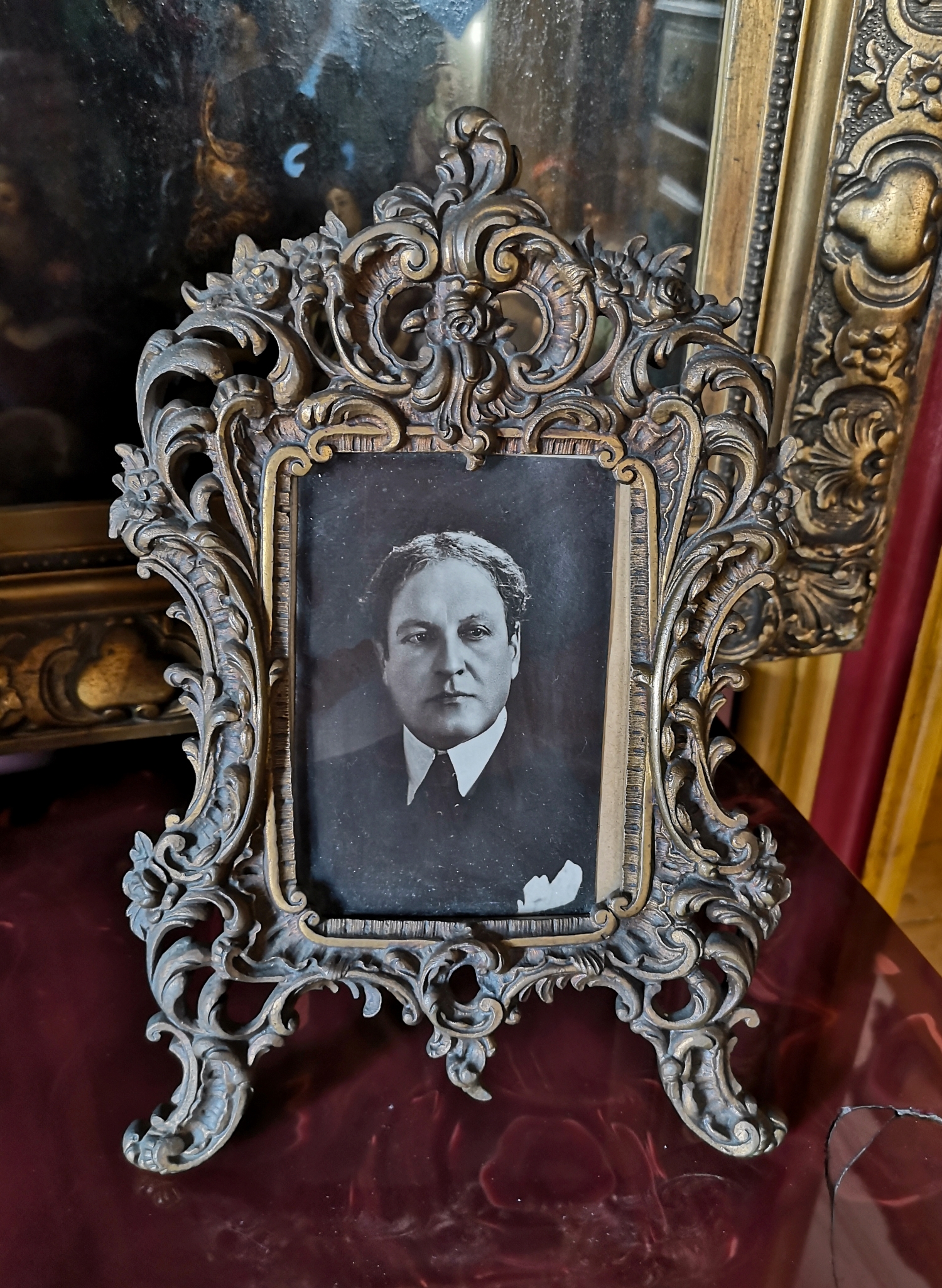 Fernando de Castro
Fernando de Castro
The Museum
The exterior of the house, now in the suburbs of Porto, it’s very modest and one could say unremarkable. There’s no way to guess the treasures inside. The first extension of the house was made with Castro’s father still alive, in 1908, though the biggest works were made between the 1936-37 when the collection had become so extensive that exceeded the size of the house. Unfortunately, the original atelier was changed in the 60s, to allow a more comfortable distribution of the objects for the visitors. The house was a centre for artists, politicians and famous personalities at the time in Porto, that would visit and spent hours there amazed by the beauty of the carved walls, antiques, art and books.
As I entered the house, the museum guide (I can’t stress enough how wonderful and helpful she was, so informative, friendly and opened to questions) told me that just one visit is not enough. One needs at least 4 in a lifetime, if not more: a first visit to see the museum as a whole, enjoying the rooms all together paying special attention to the religious art and artifacts; a second to admire the art collection consisting in paintings, sculpture and all sorts of decorative arts including furniture, relieves and special Portuguese traditional art and crafts; a third to appreciate the Naturalist art from well-known Portuguese artists such as Silva Porto, Marques de Oliveira, Artur Loureiro, Sousa Pinto or José Malhoa and last but not least, a fourth visit to have a look at the antique book collection and caricatures.
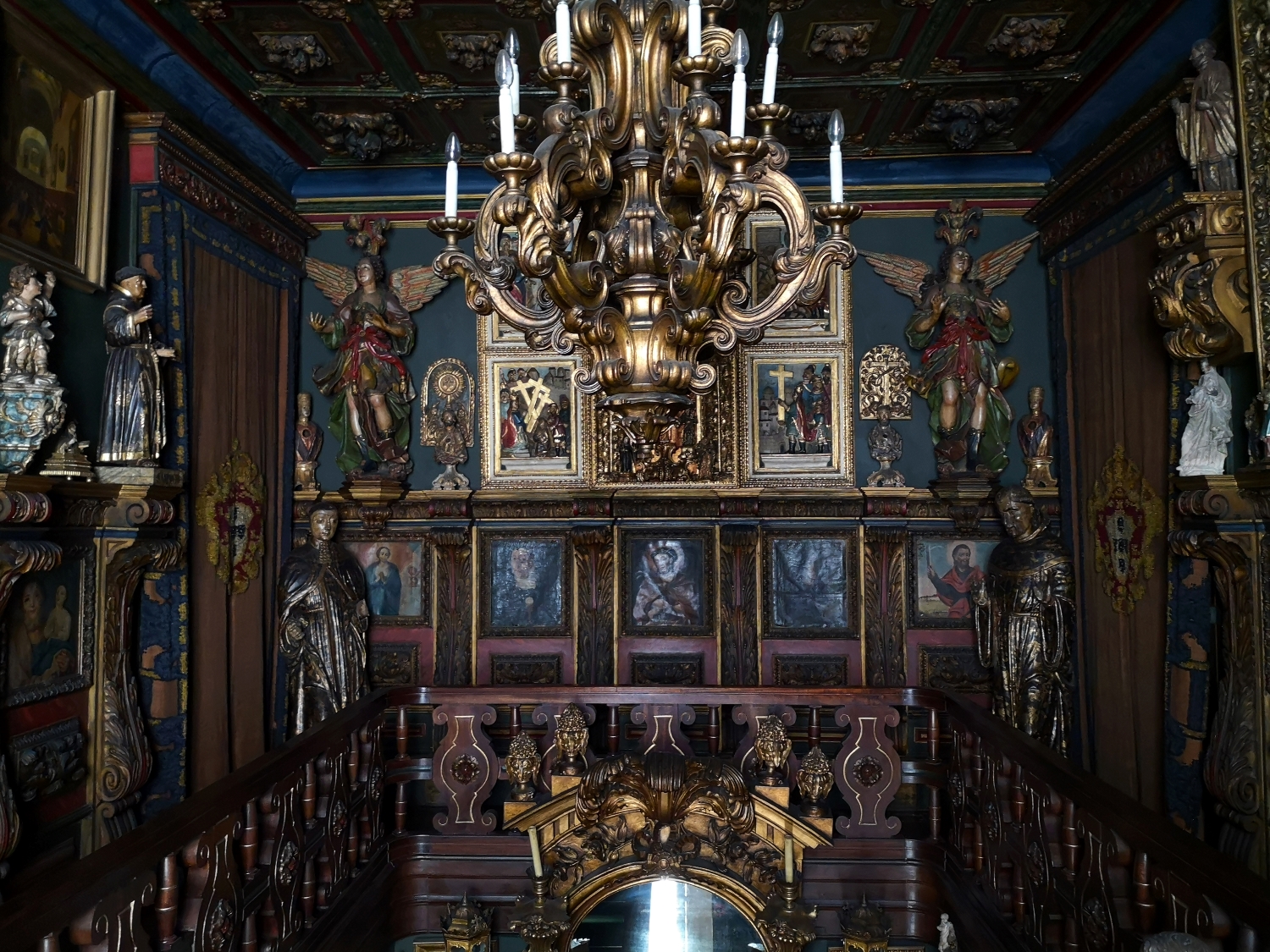
Conclusion and thanks
I hope all people reading this article get to visit the museum and gives it the recognition it deserves, as it’s pretty much unknown even by the own habitants of Porto.
Special thanks to the lovely guide, it was a pleasure to share her enthusiasm and talk about our favourite house museums in Europe; to the Museum Soares do Reis for sending me all the information available about the house and the Soares do Reis library for taking the time to scan the article from Vera Almeida Ribeiro and allowing me to revisit this small paradise as I wrote about it and looked at the photos.
THE ROOMS
Sala Minhota:
This room is the first one in the visit and it already gives you an impression of what is awaiting inside. The walls are completely covered in paintings, sculptures and bookshelves in dark carved wood and has a sculpture of Santa Margarita Alacoque gracing the centre of the room. Some of the painters featured are Antonio Ferro, Almeida e Silva, together with aquarelles by Alberto de Sousa and Marques Oliveira.
The carved shelves and chairs are all marked with the sacred heart of Viana, very present in the room. Part of the religious objects come from the disappeared Convent dos Remédios, and the forged iron comes from the Convent de Montariol. Is also worth mentioning the amazing carpets, commissioned by Castro for the house Beiriz.
This stance was designed as a waiting room, where visitors could give compliments, greetings, condolences or ask for favours, without entering the intimacy of the home.
A corridor takes the visitor to the next part of the house, all covered in dark wood, a bust of Castro and paintings, nowadays quite dark as the mirrors were removed to protect the interior from the Portuguese sun. Before entering the dining room, there’s a small area full of charm, with paintings, traditional Portuguese ceramics, relics, religious statues and sculptures from the XVIII century offering a wonderful symmetry with the stairs in the background.
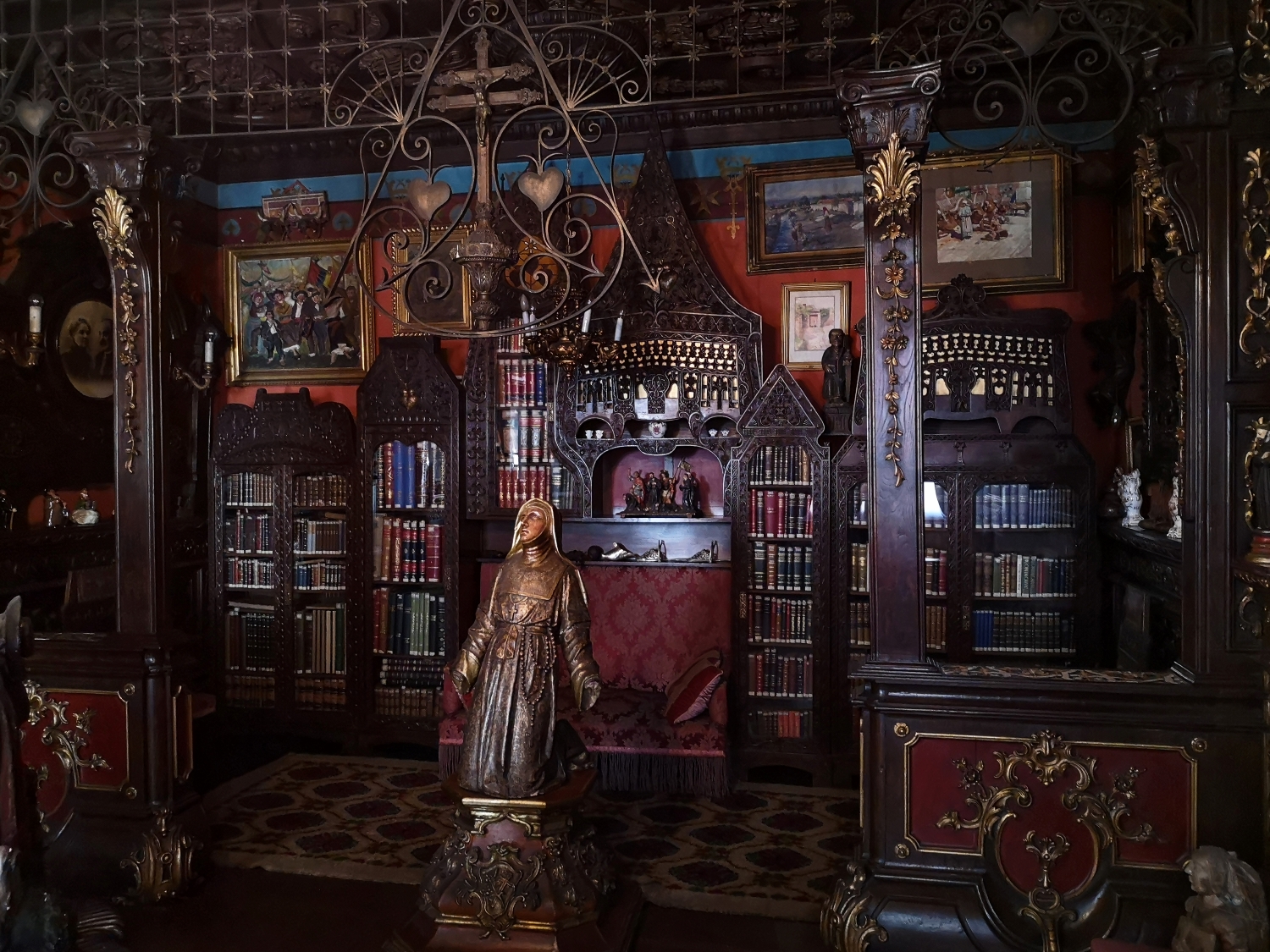
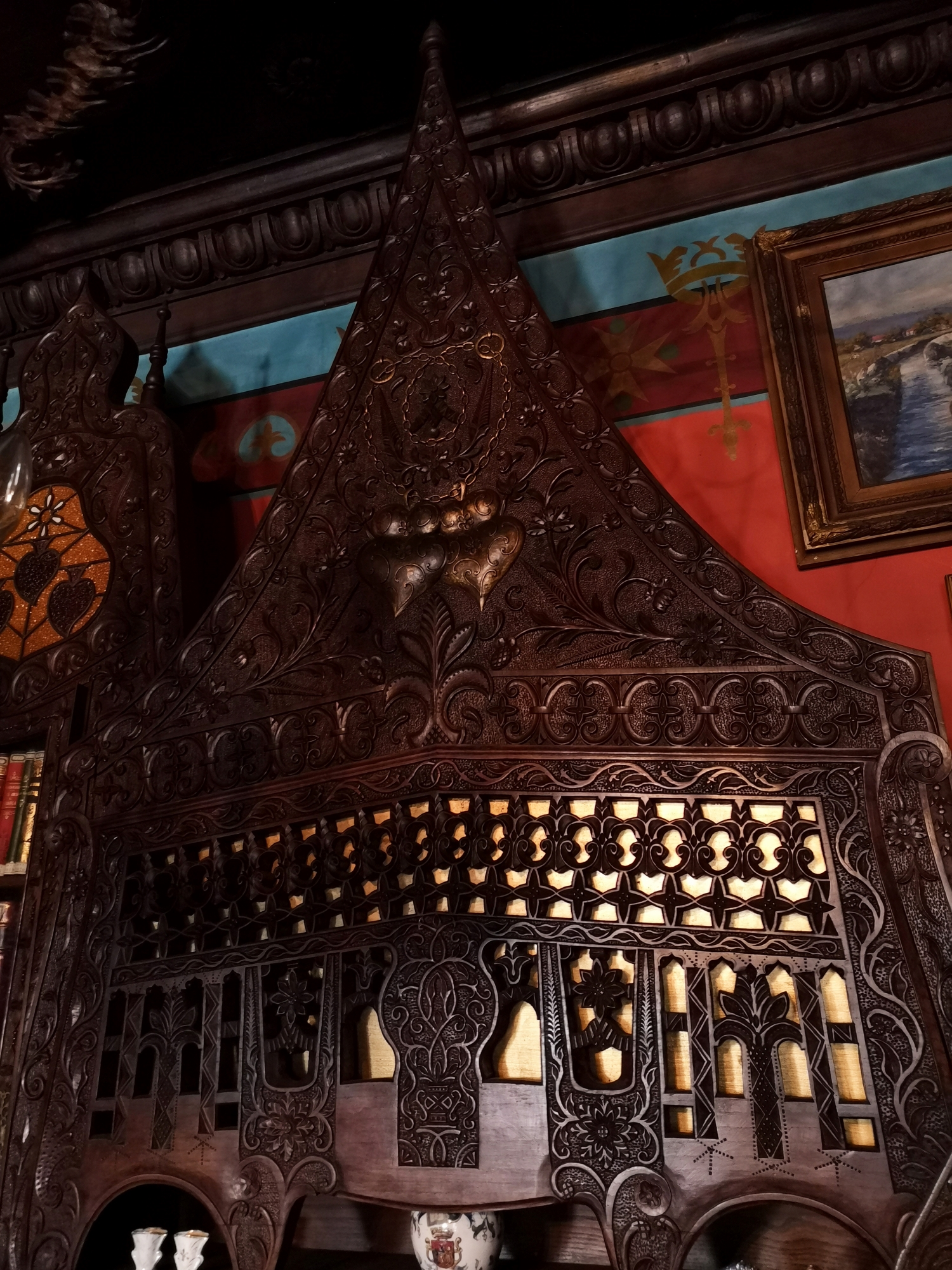
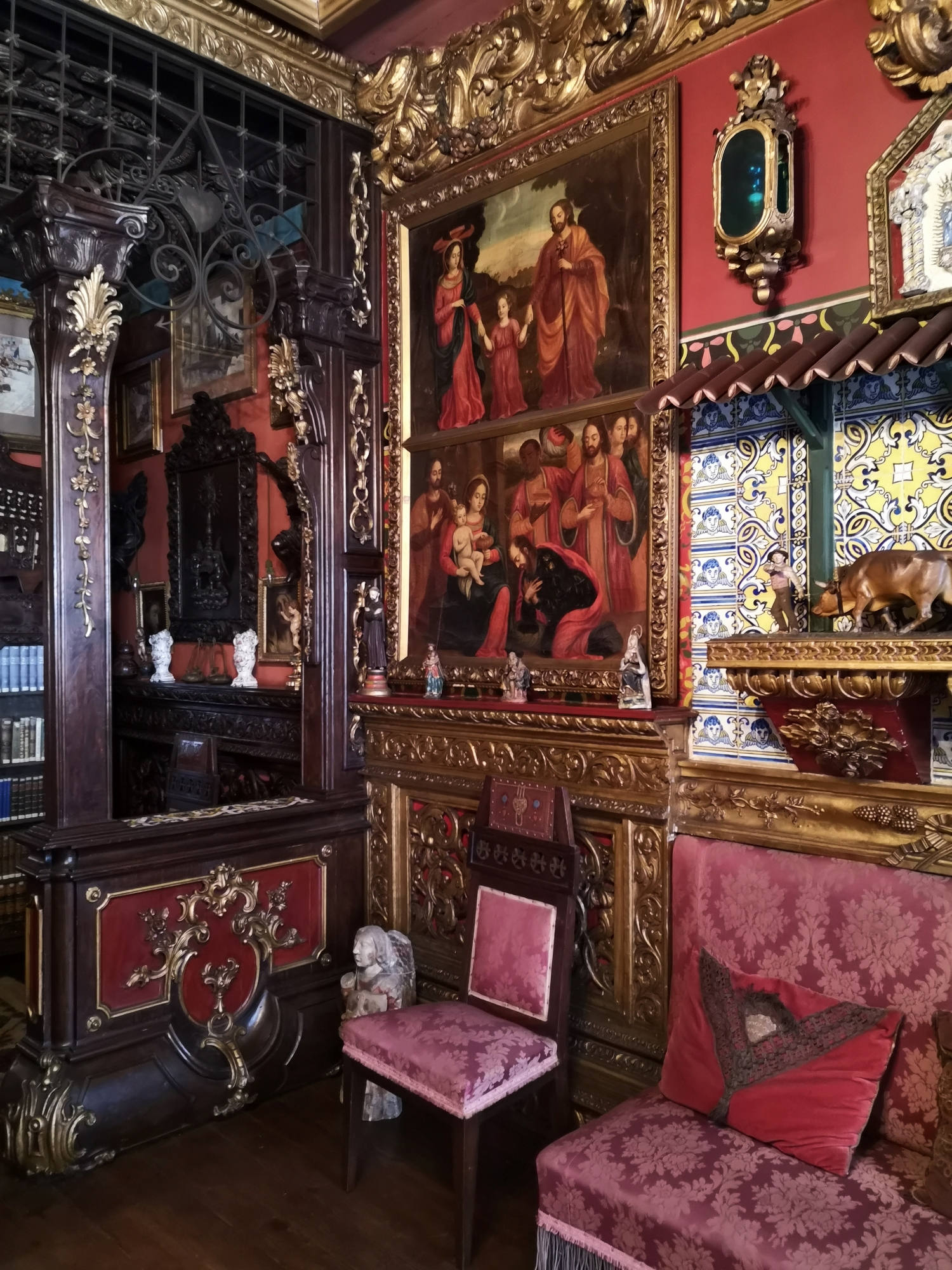
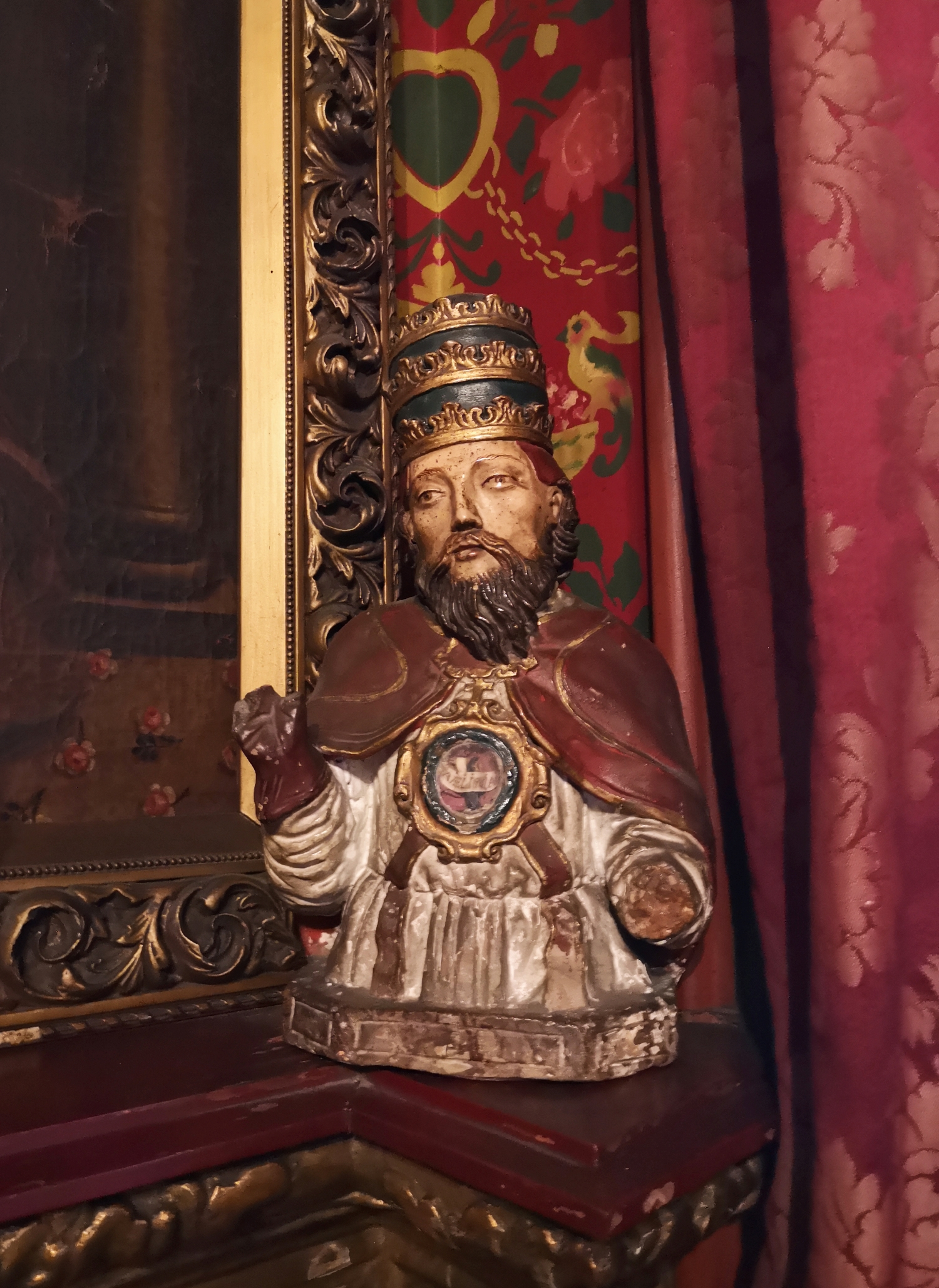
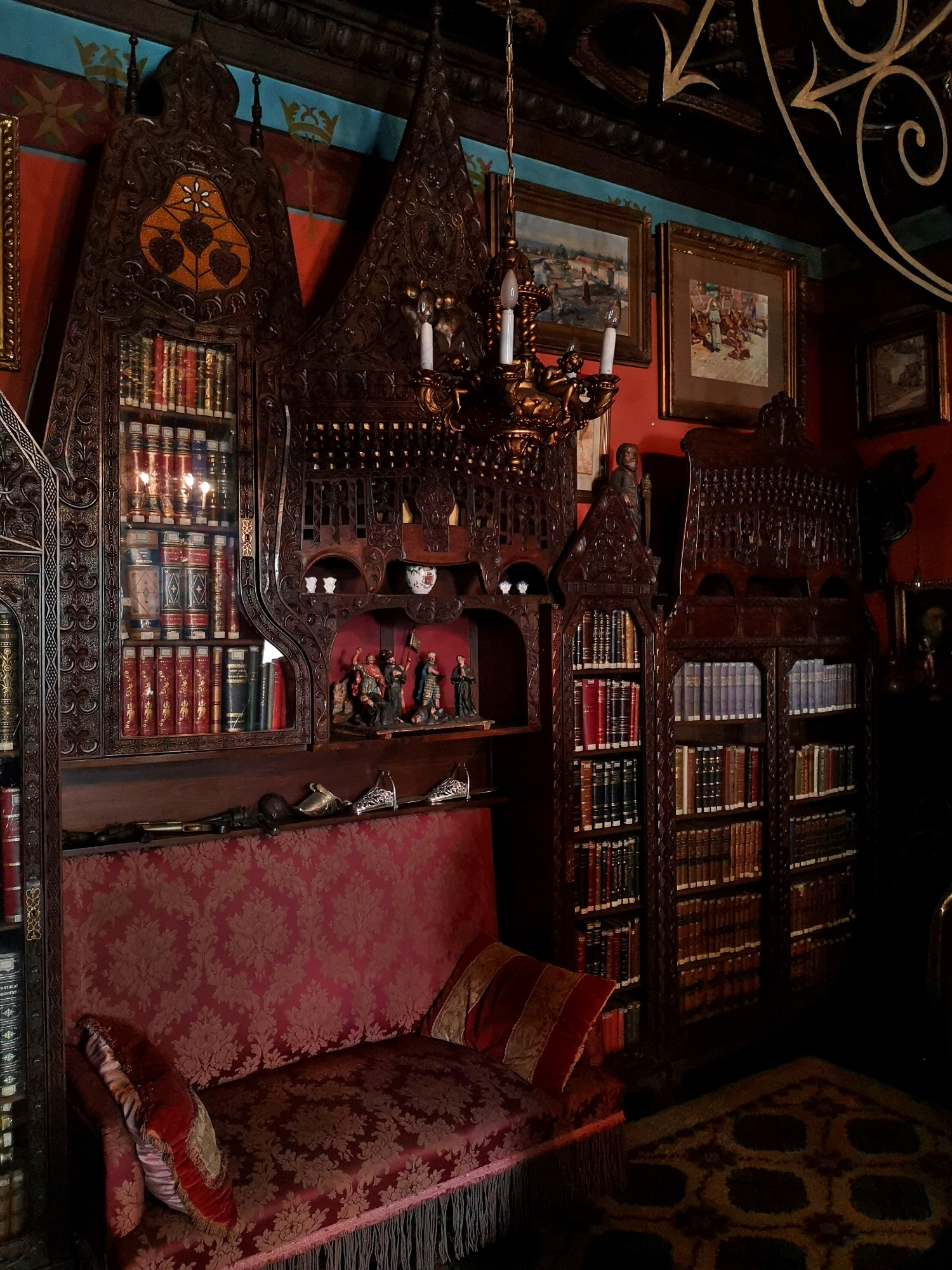
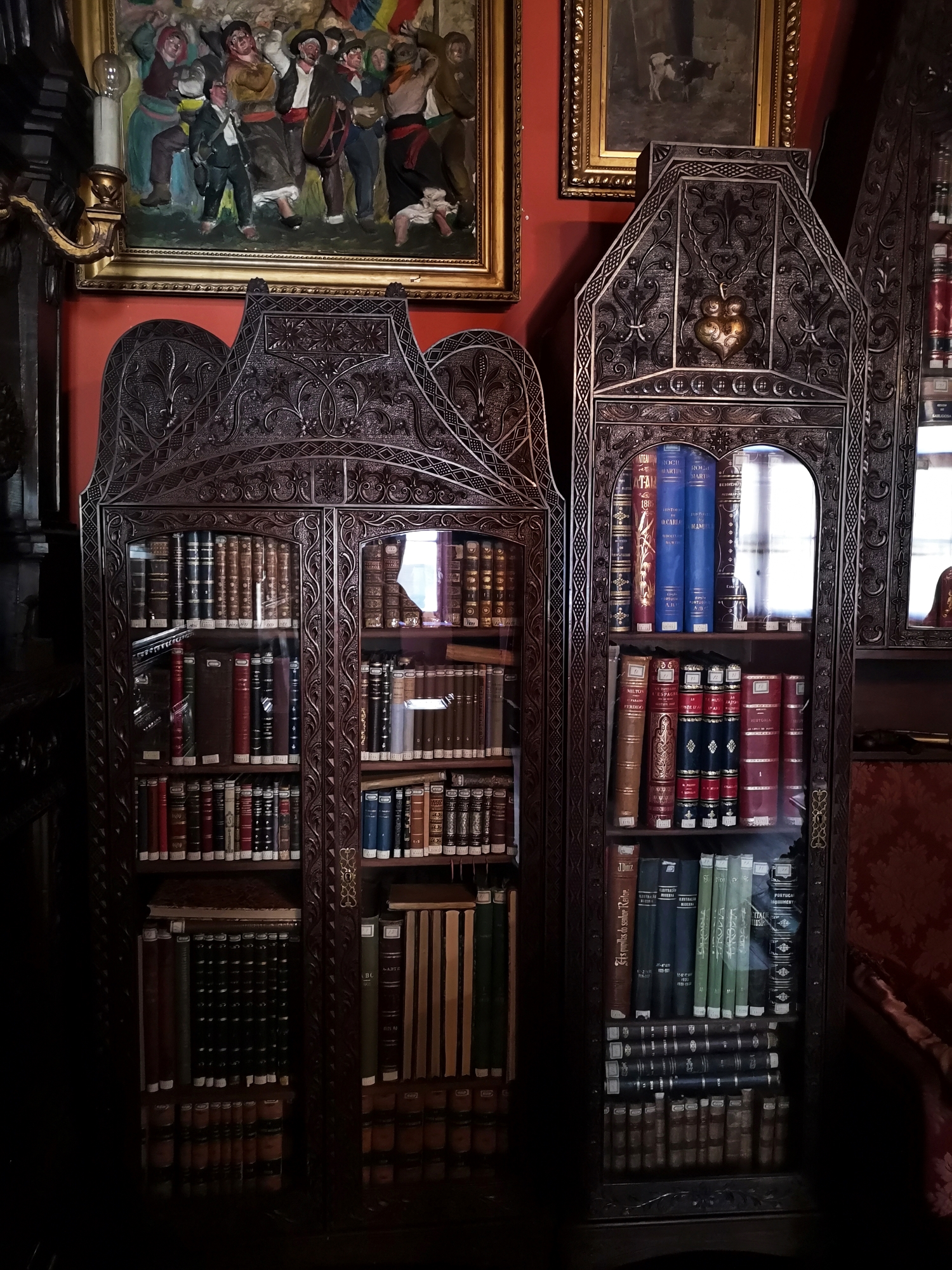
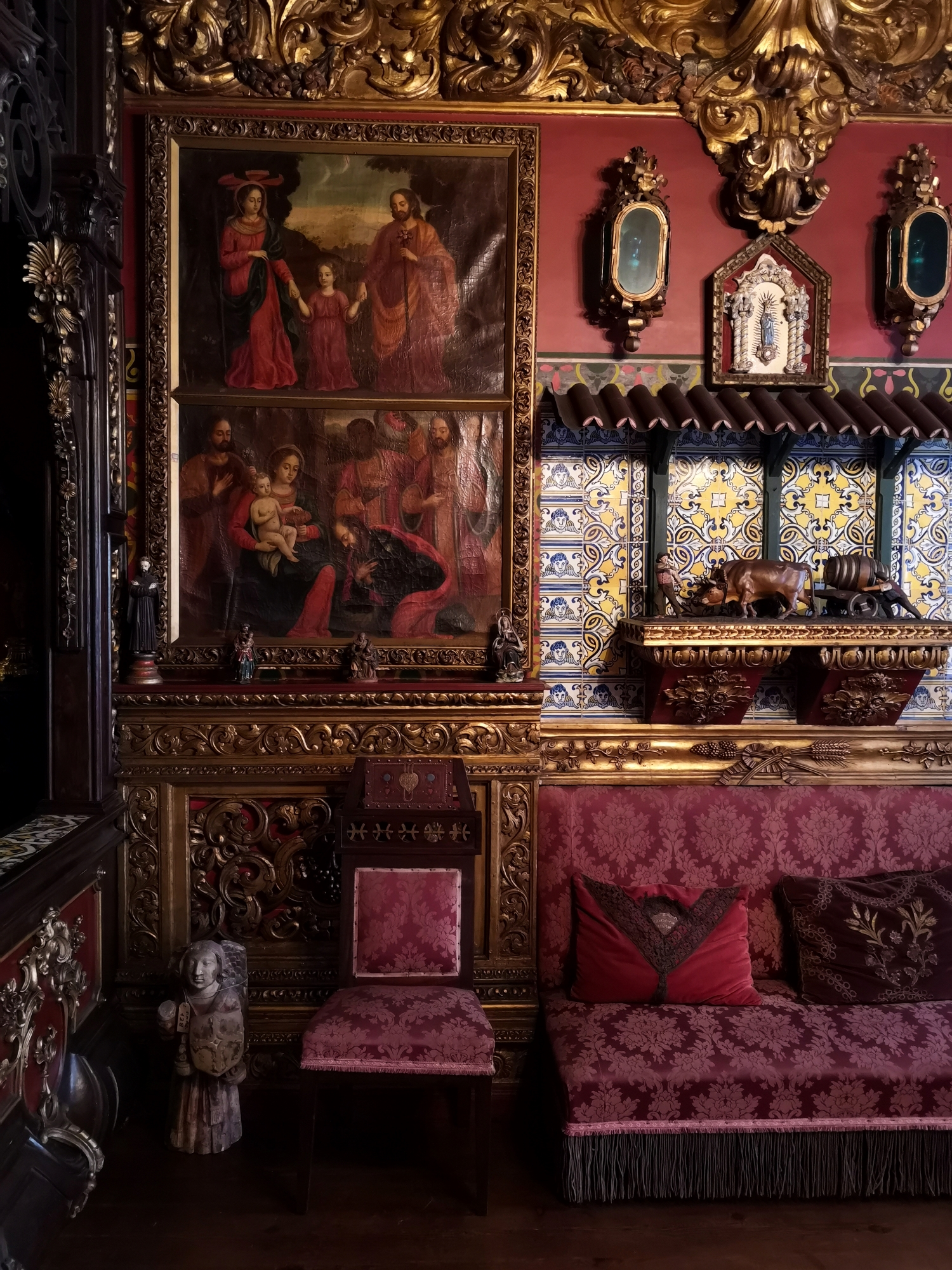
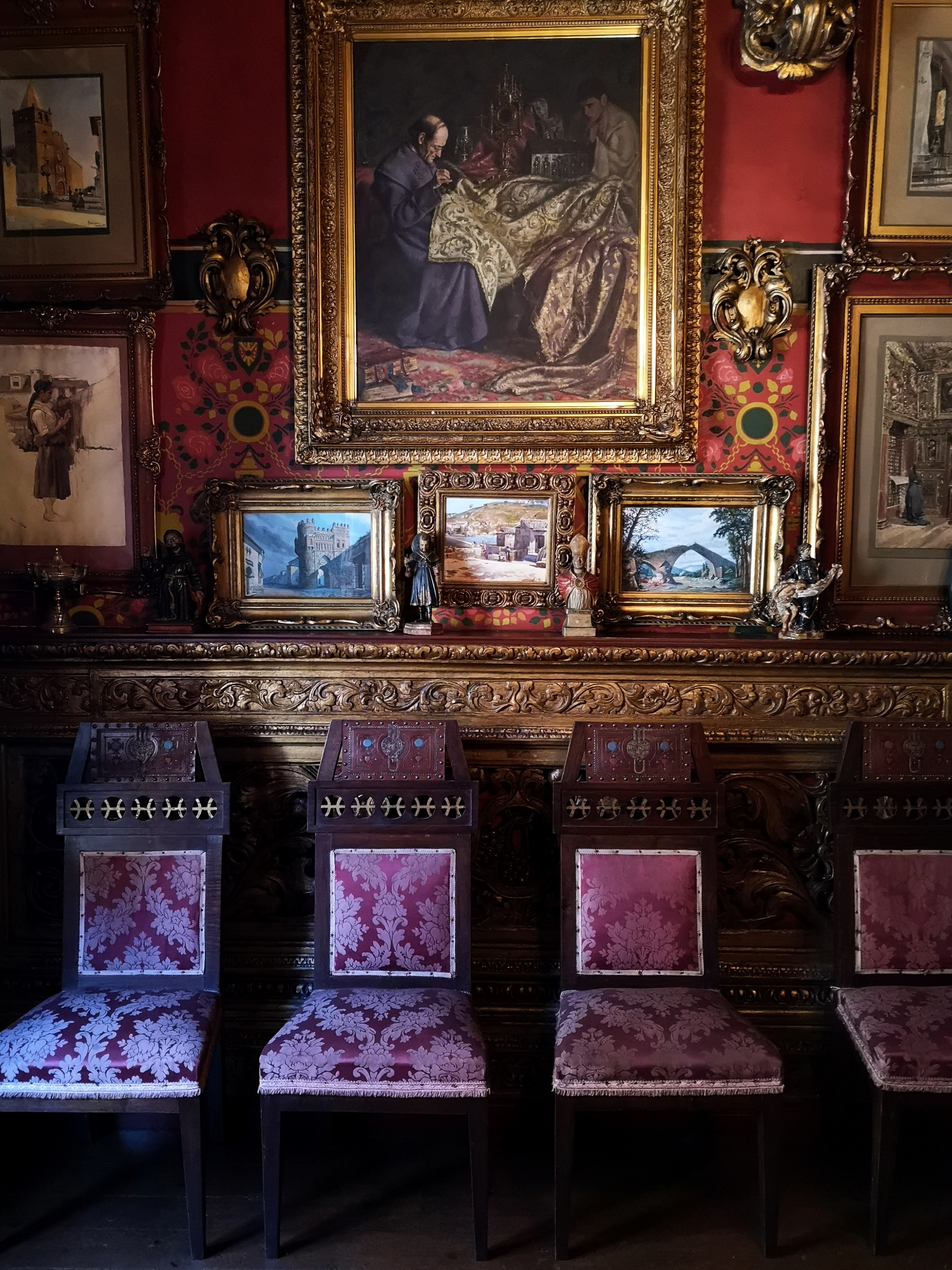
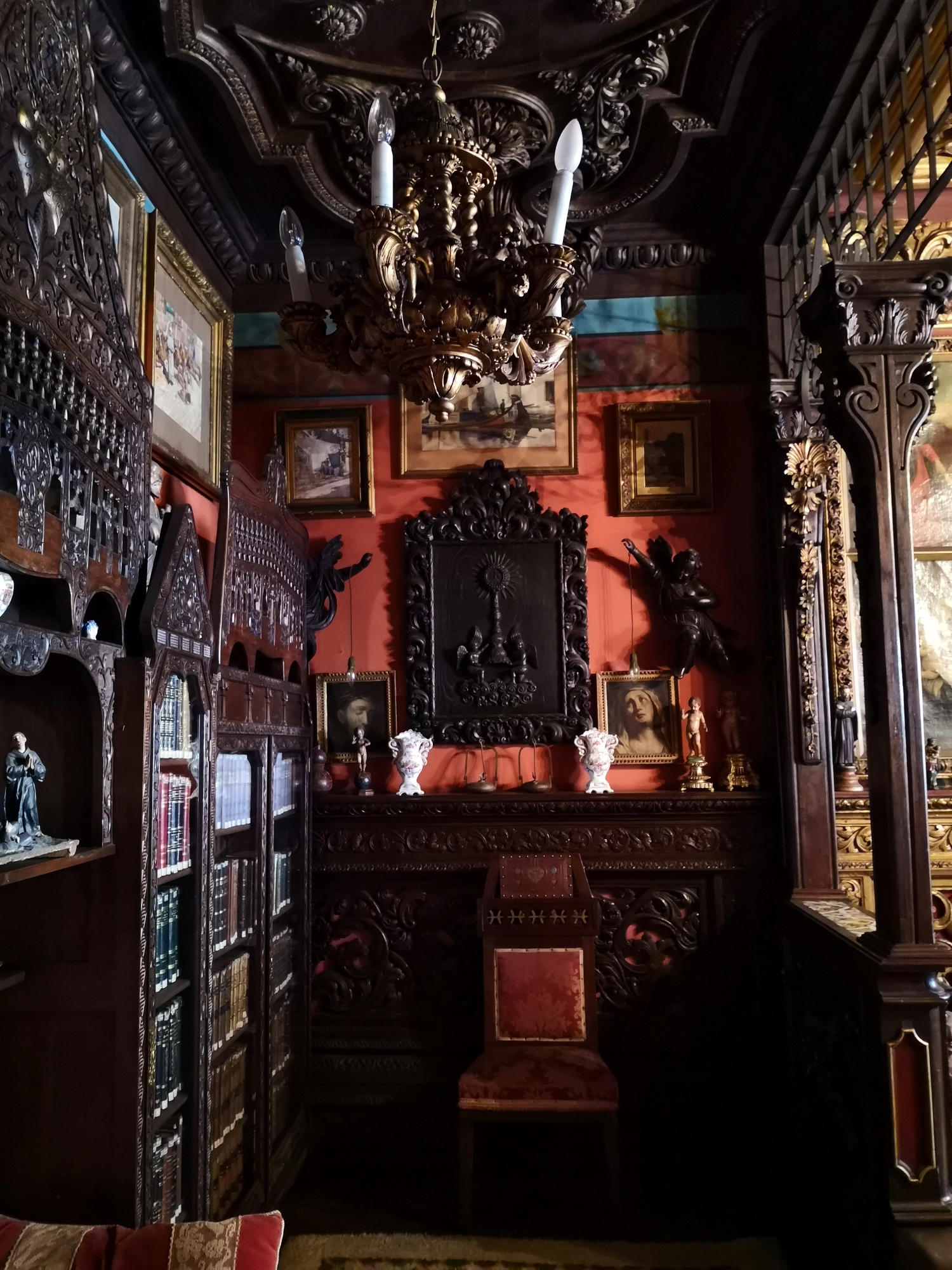
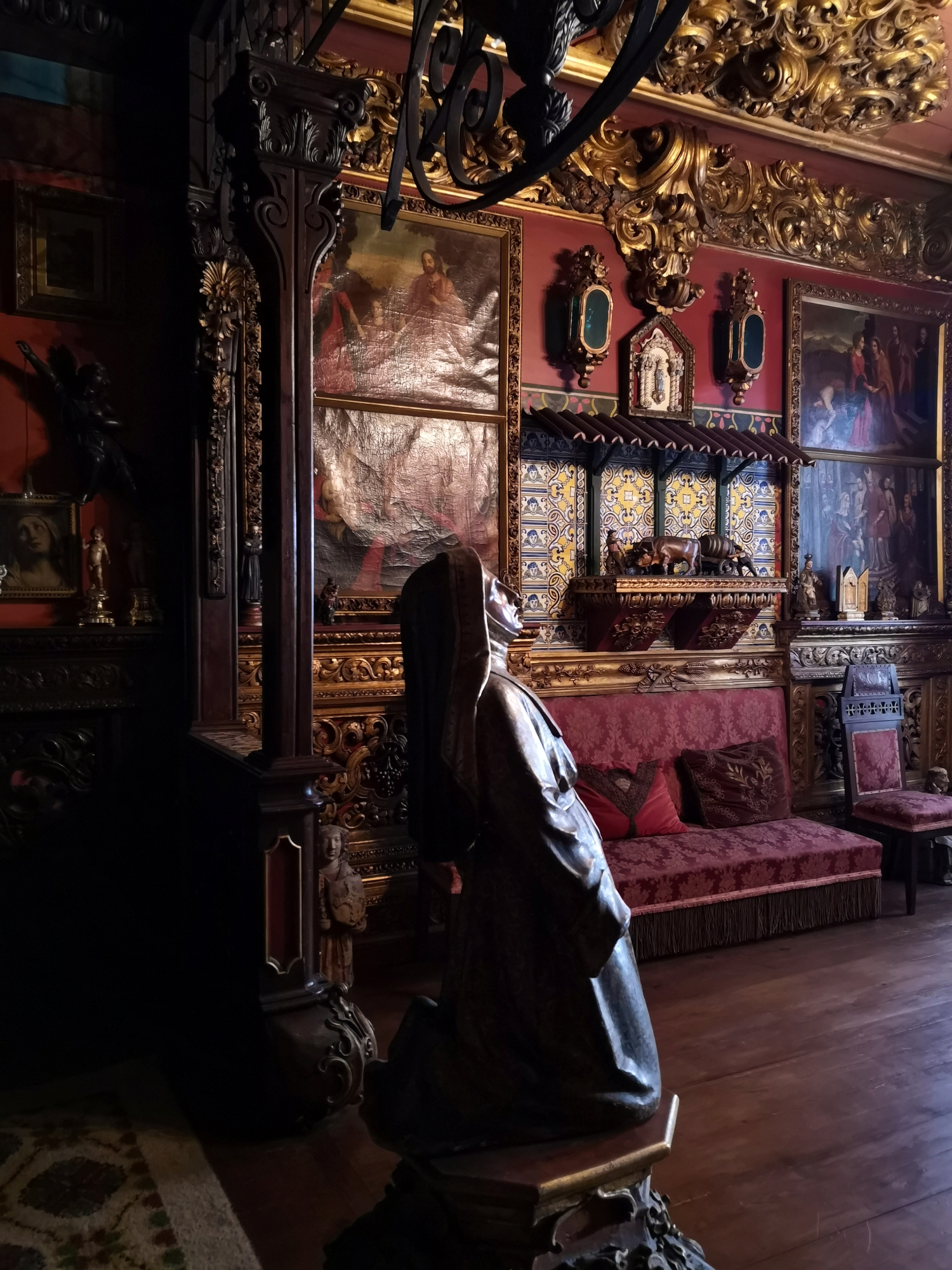
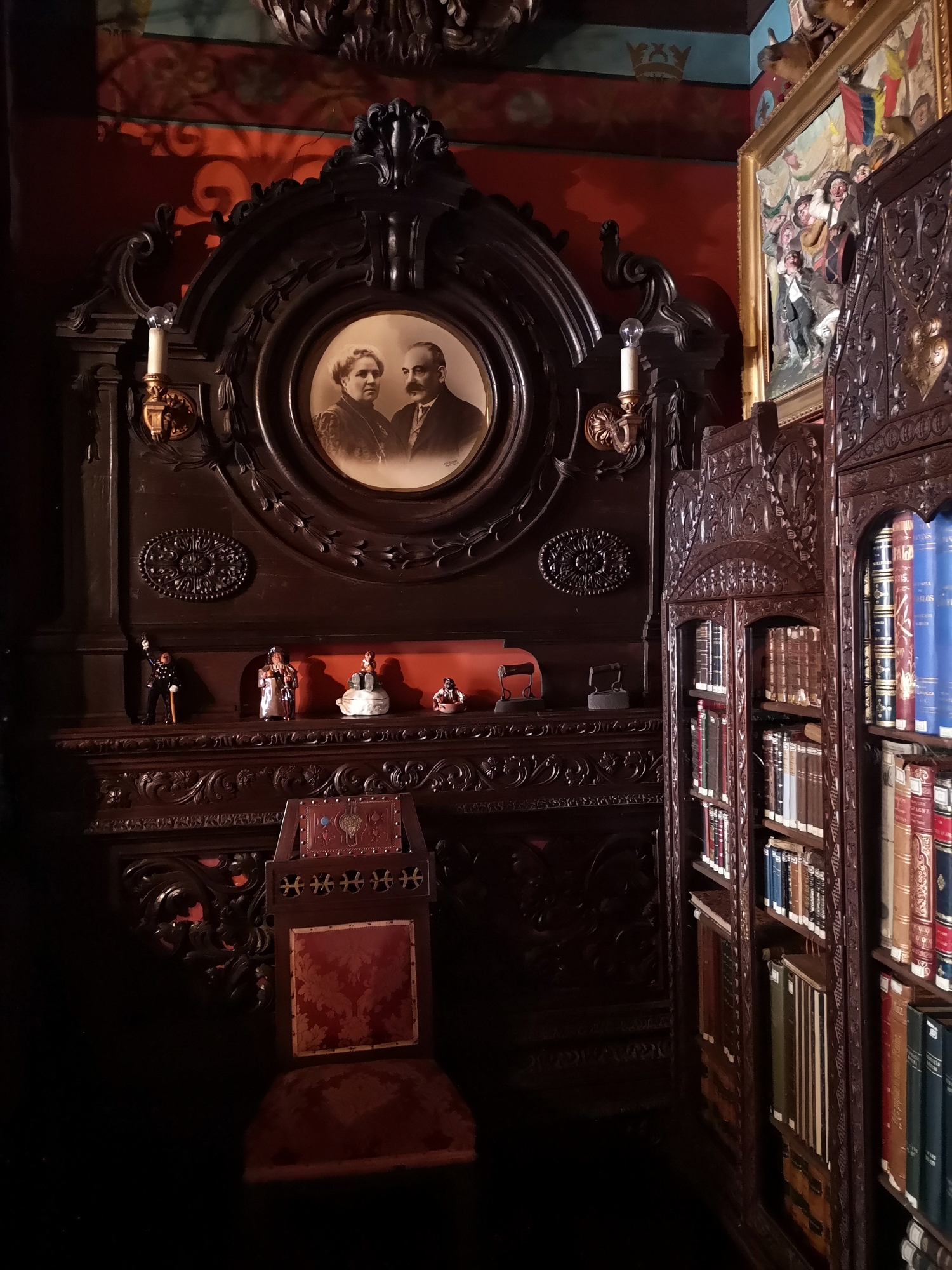
Corridor and small room:
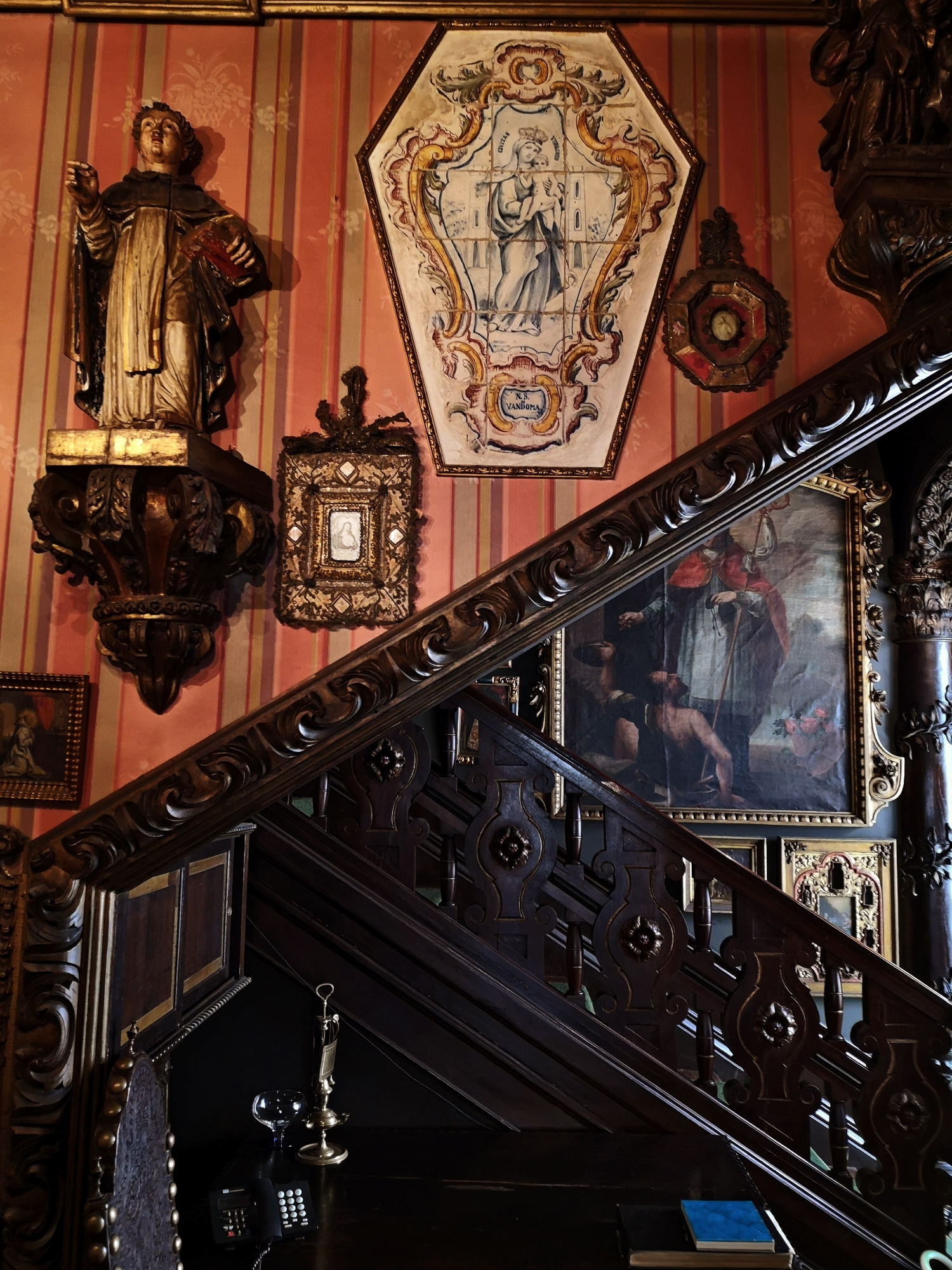
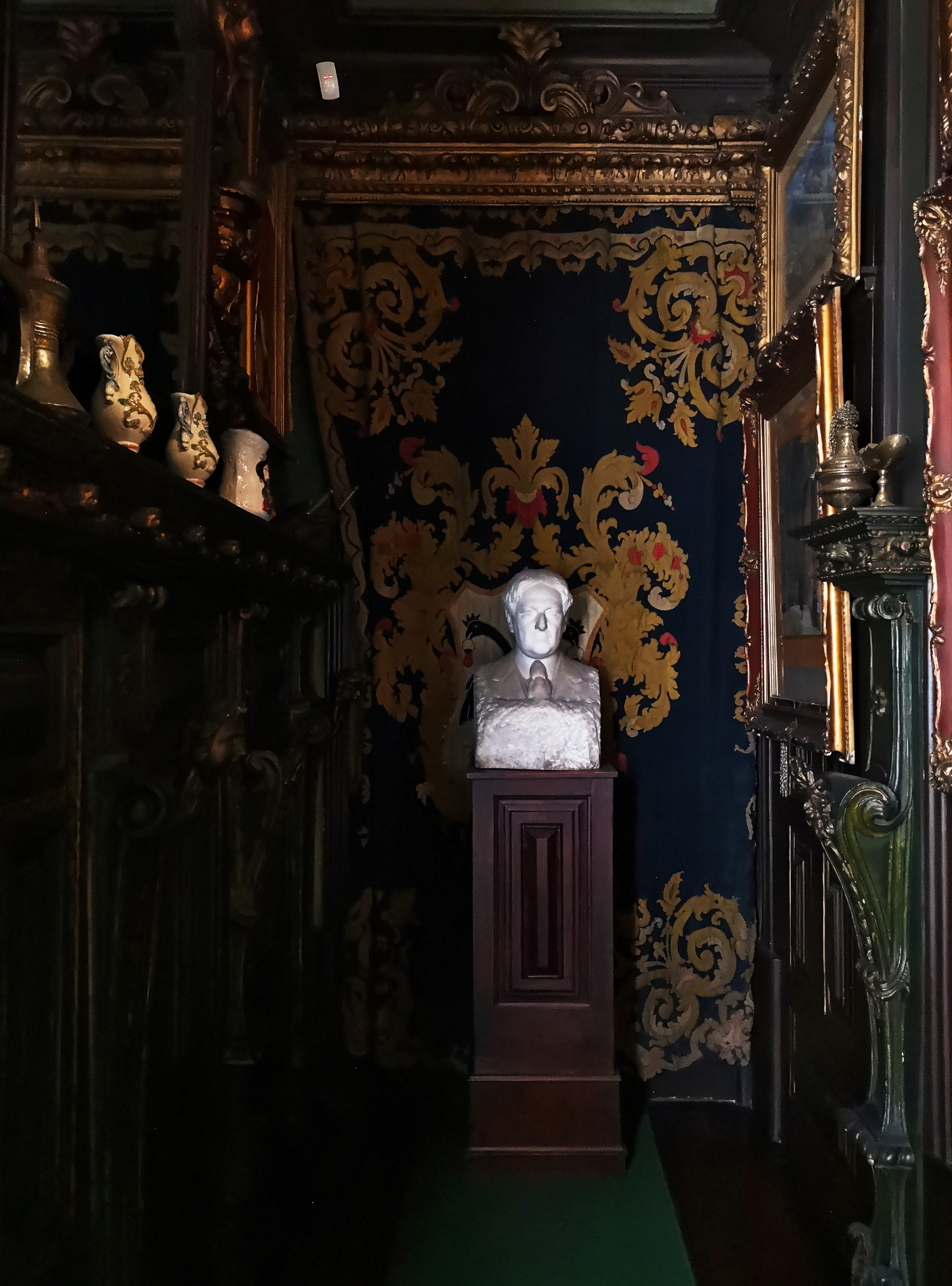
Sala Jantar:
The dining room is probably one of the most spectacular ones in all of the European house museums, its perfection brought memories of the Vittoriale to me. The entrance is flanked by a wood carved door designed by Hugo Rocha and it complements the incredible polychromed work all around the room. Walls and doors are covered by the most exquisite shapes in gold and dark wood, many religious sculptures and saints and a cabinet full to the brim with religious figures and curious objects. One has the impression of being inside a small baroque church.
After the dining room, the visit takes you upstairs to the first floor, through narrow wooden stairs, again covered in beautiful carpets and dark wood carvings with religious motives, hiding small libraries with antique books in the walls.
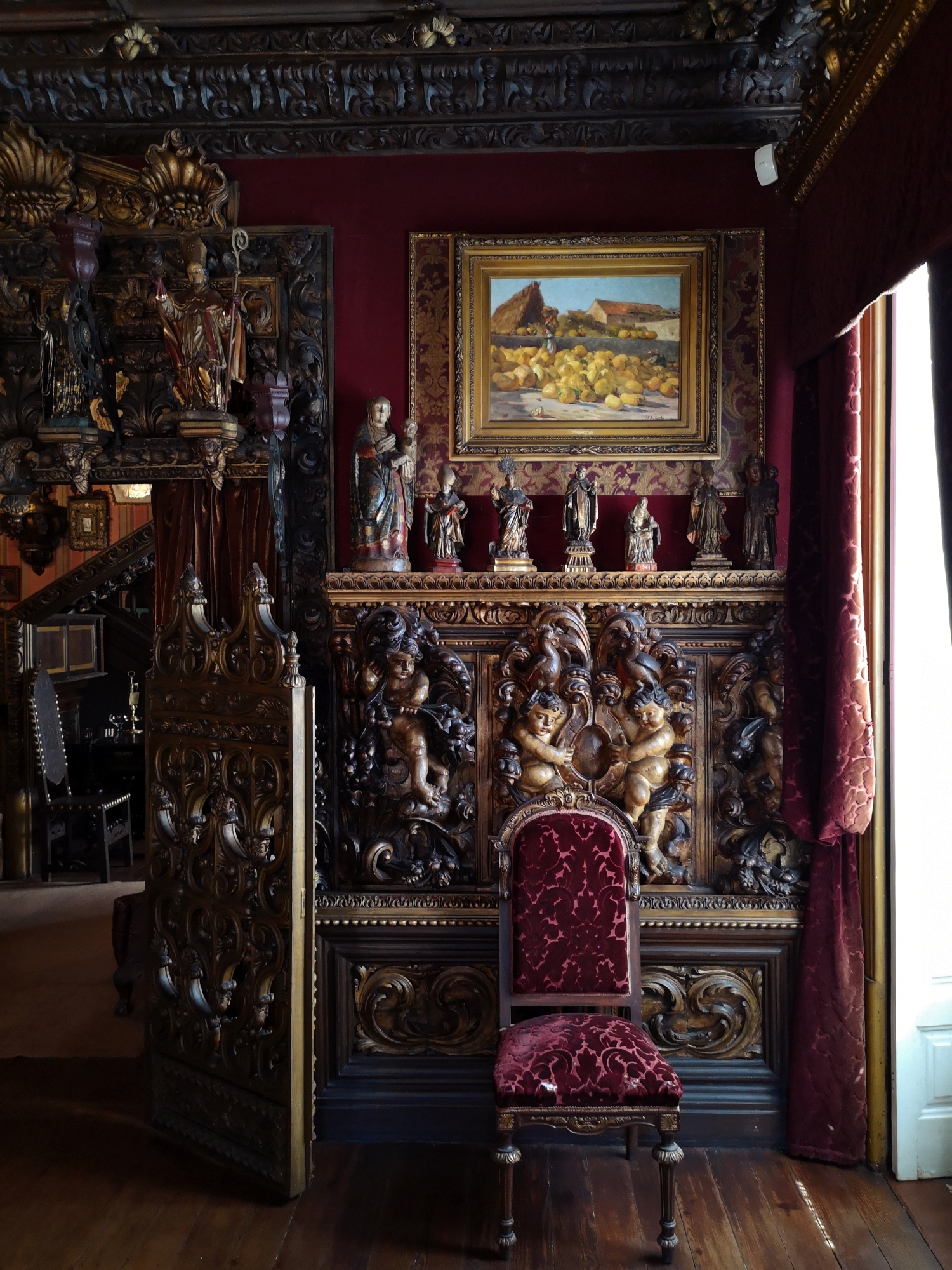
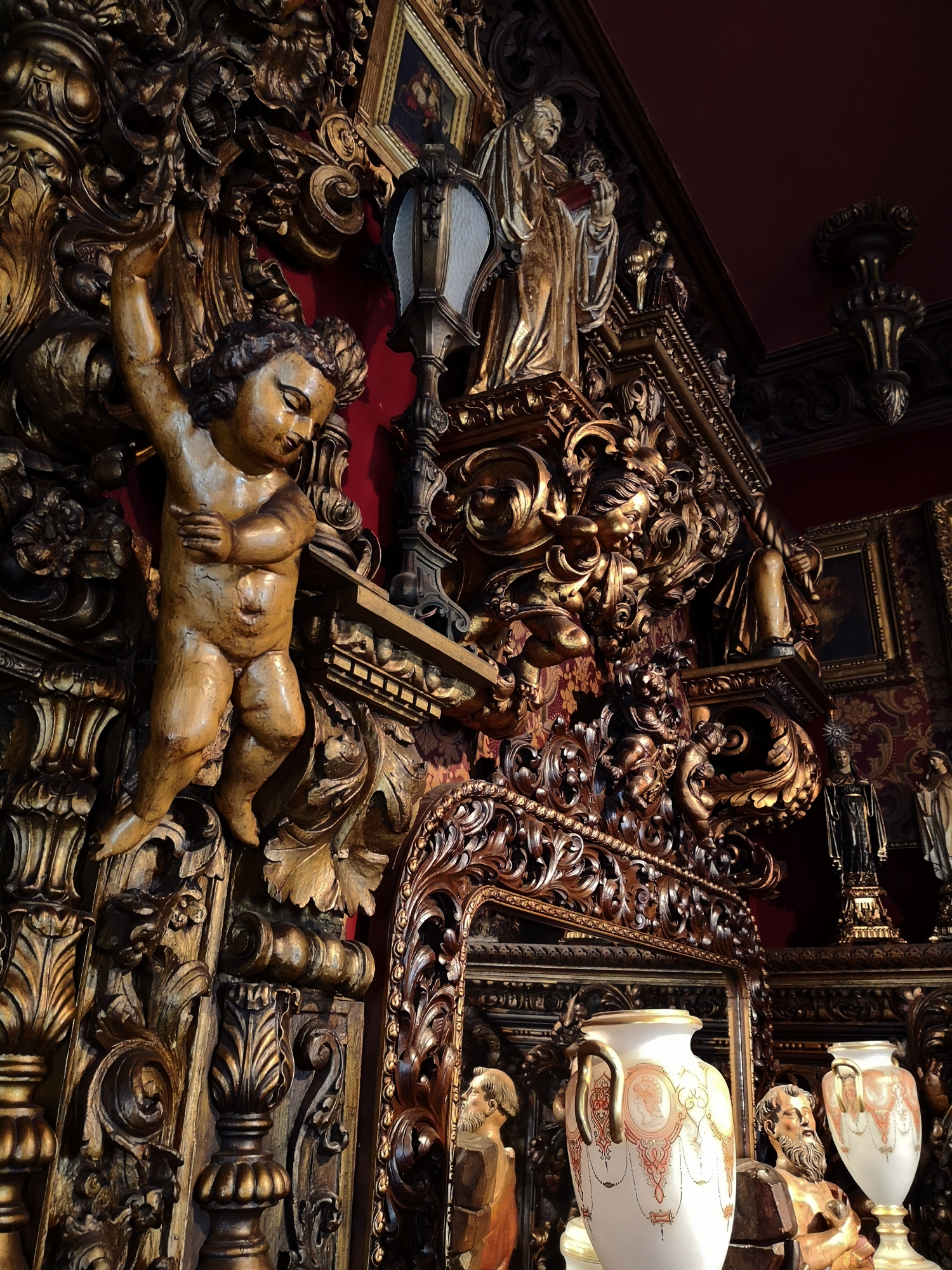
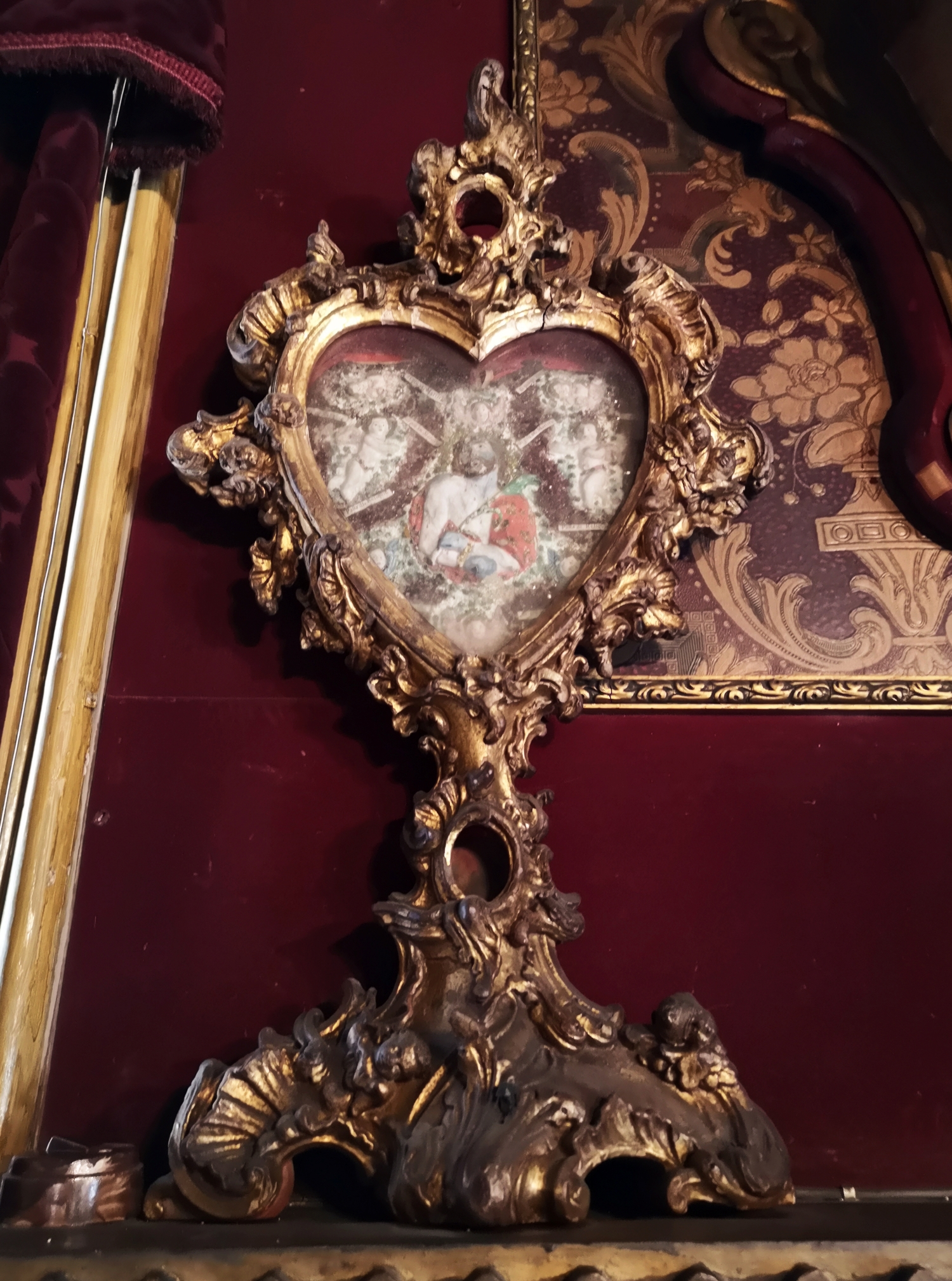
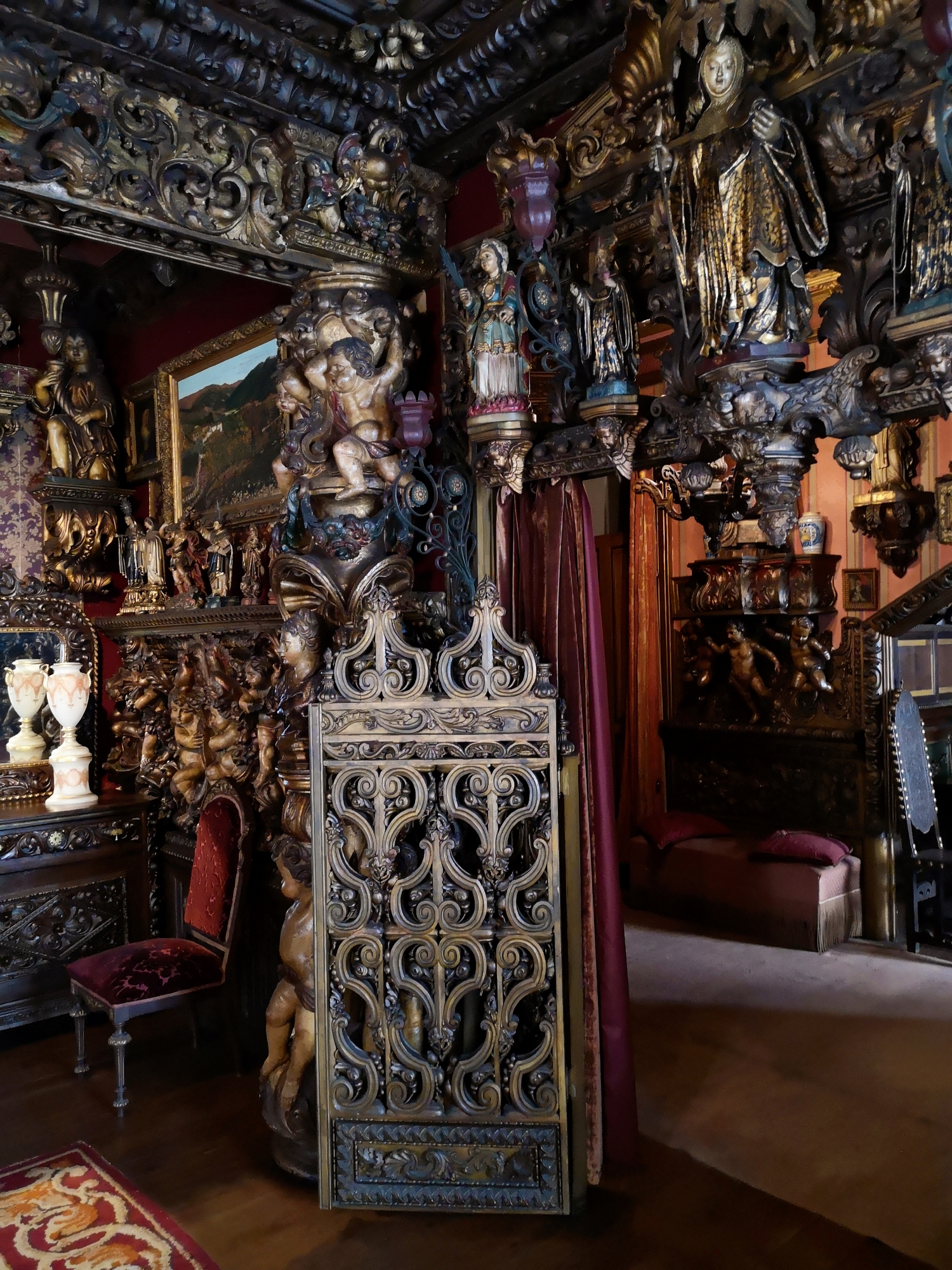
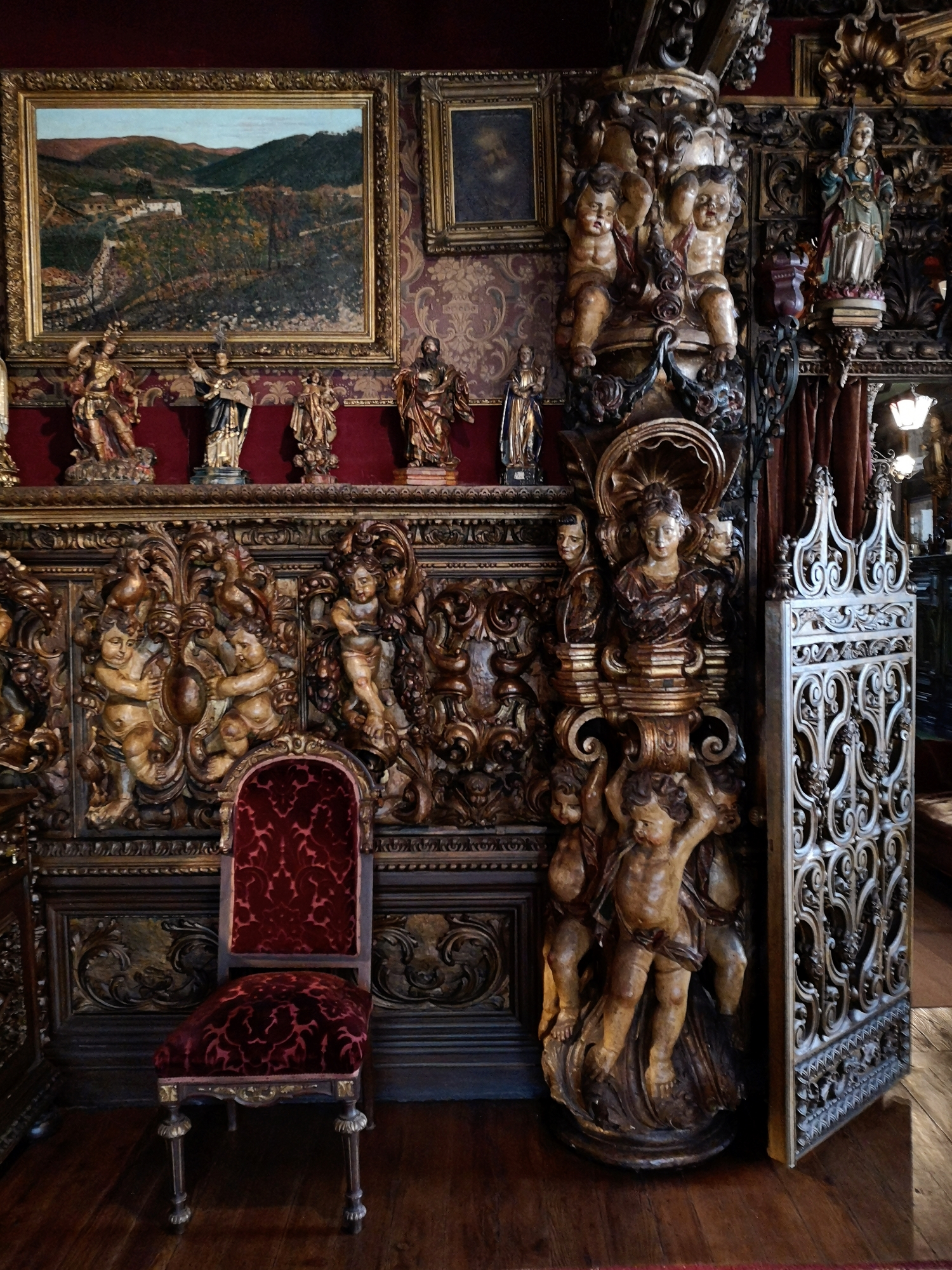
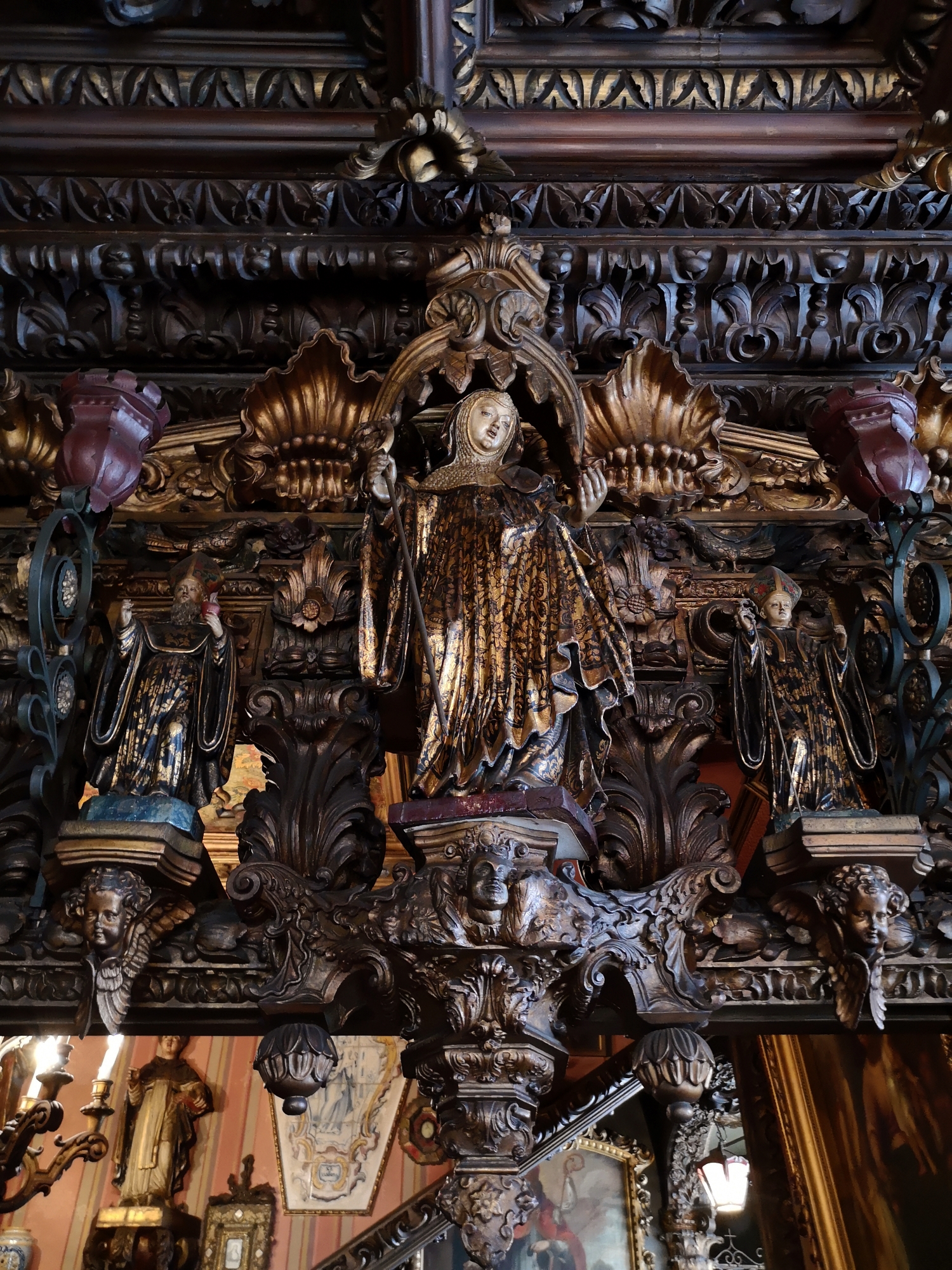
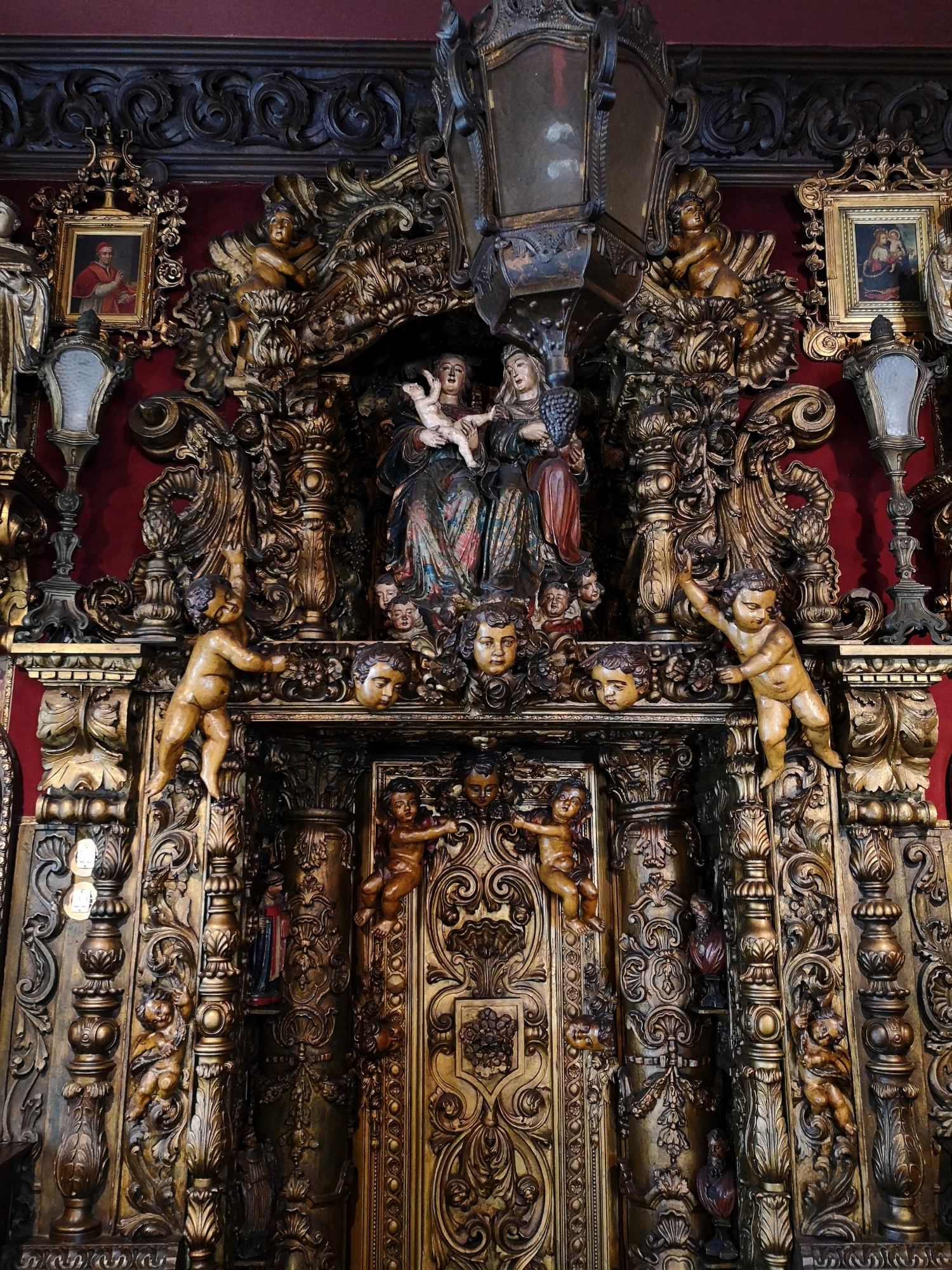
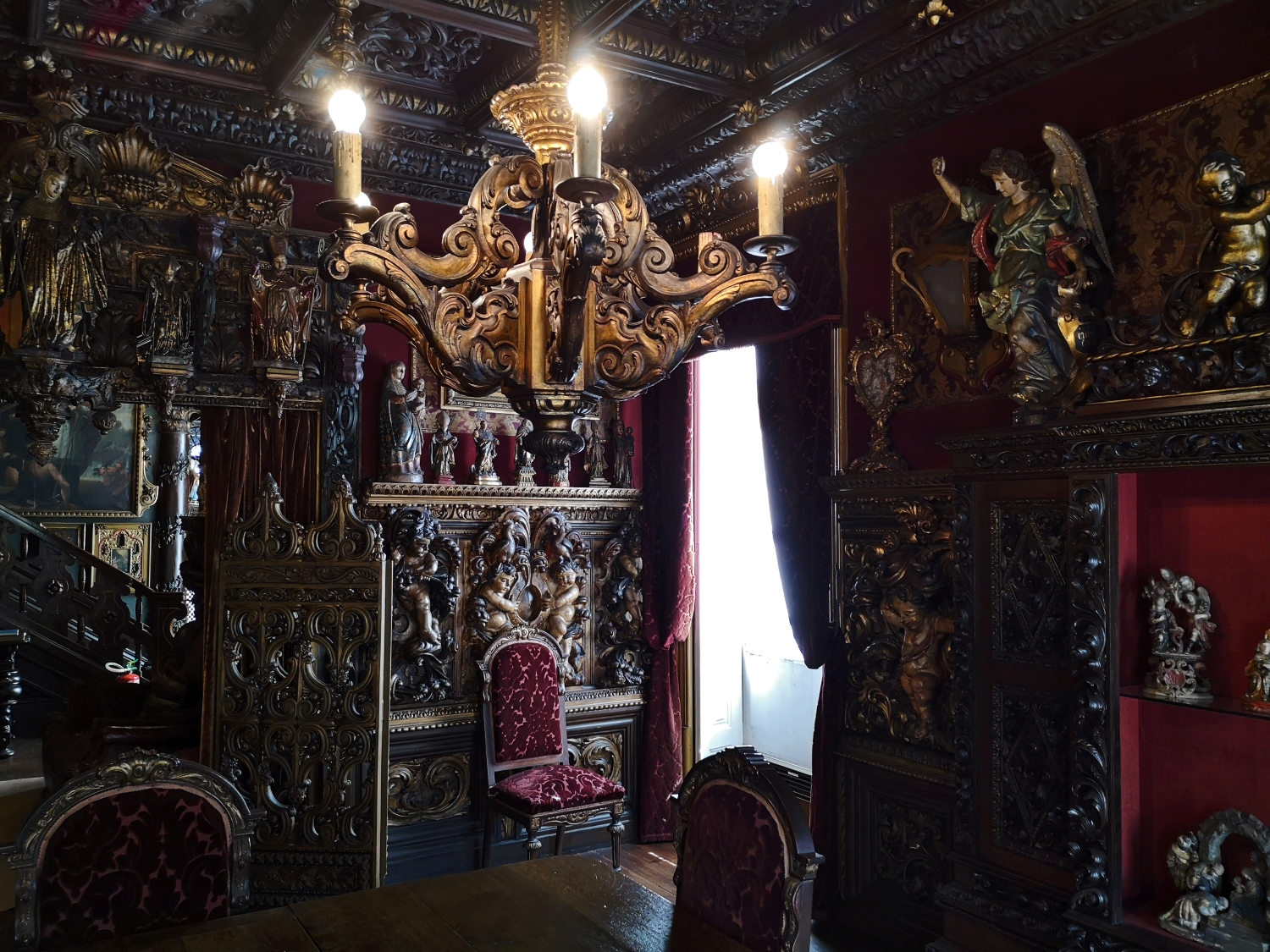
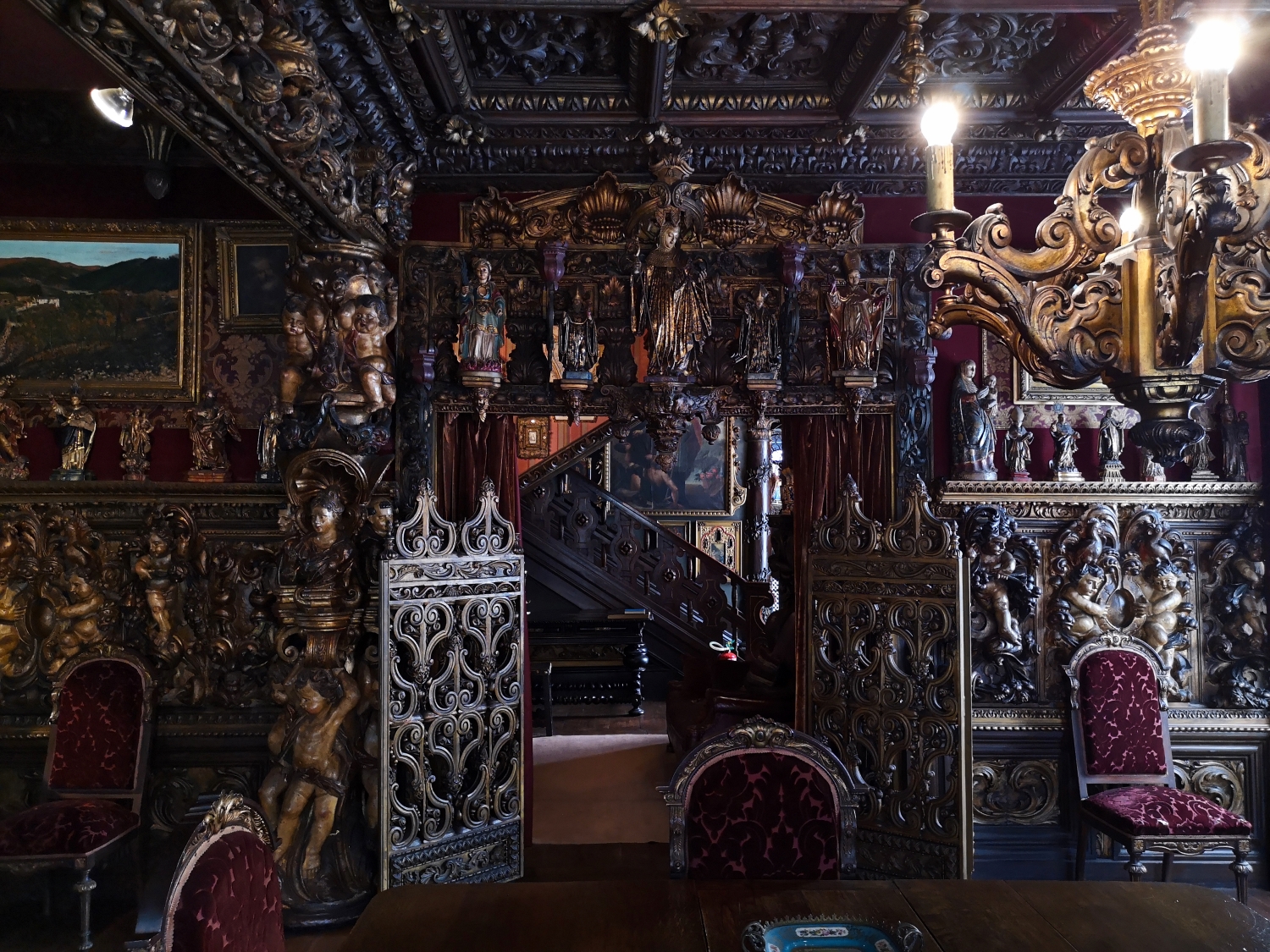
Small room in front of the dining room:
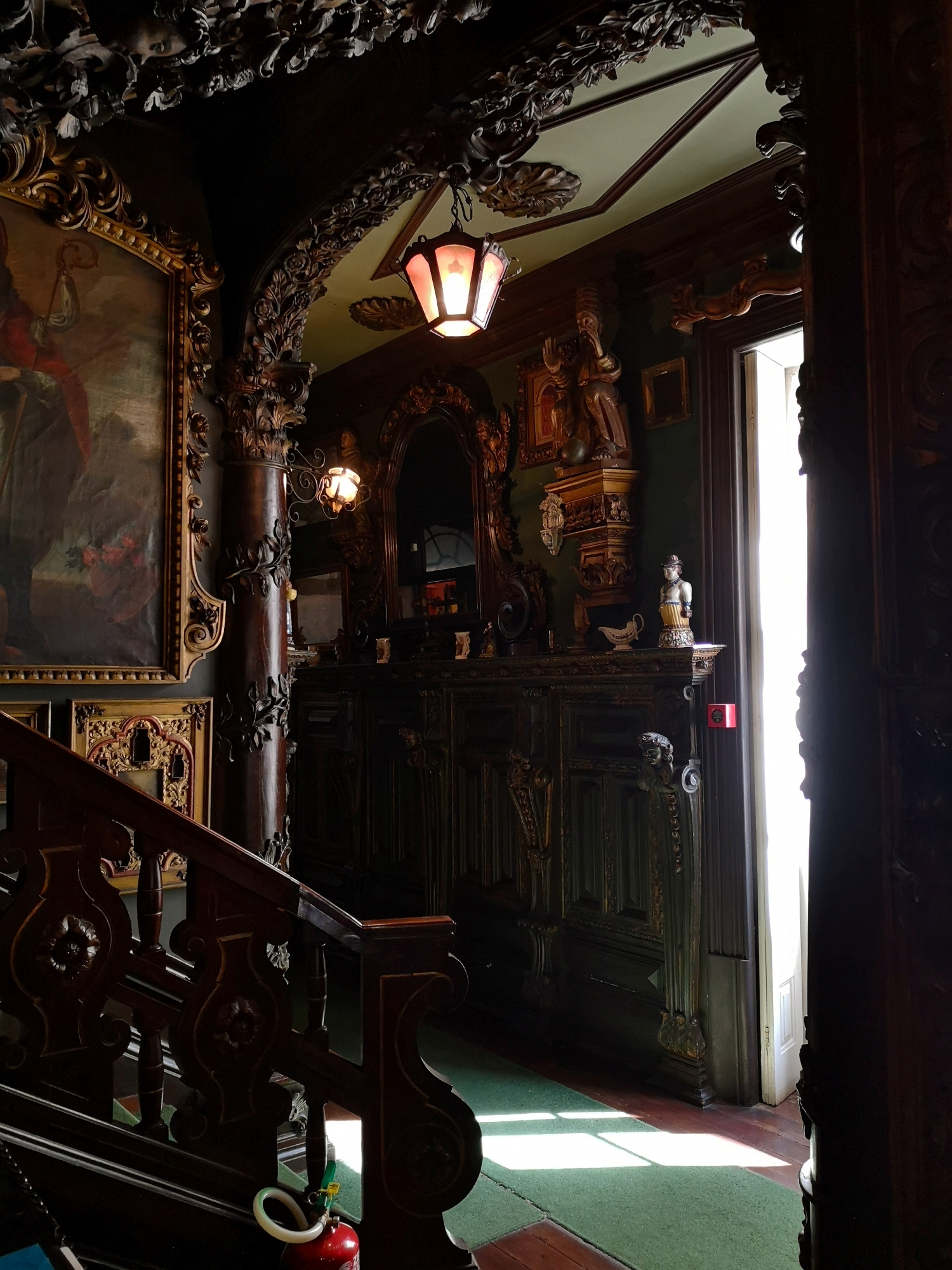
Sala Amarela:
The next room in the tour is the ballroom, decorated in XIXth century Parisian style, with the most beautiful golden relieves, mirrors that reflect the light all over the room and several ceramic and glass pieces. It’s worth mentioning the painting by the Italian artist Giuseppe Signorini, ‘O doente imaginario’. The yellow and golden colours of the tapestry give the room warmth.
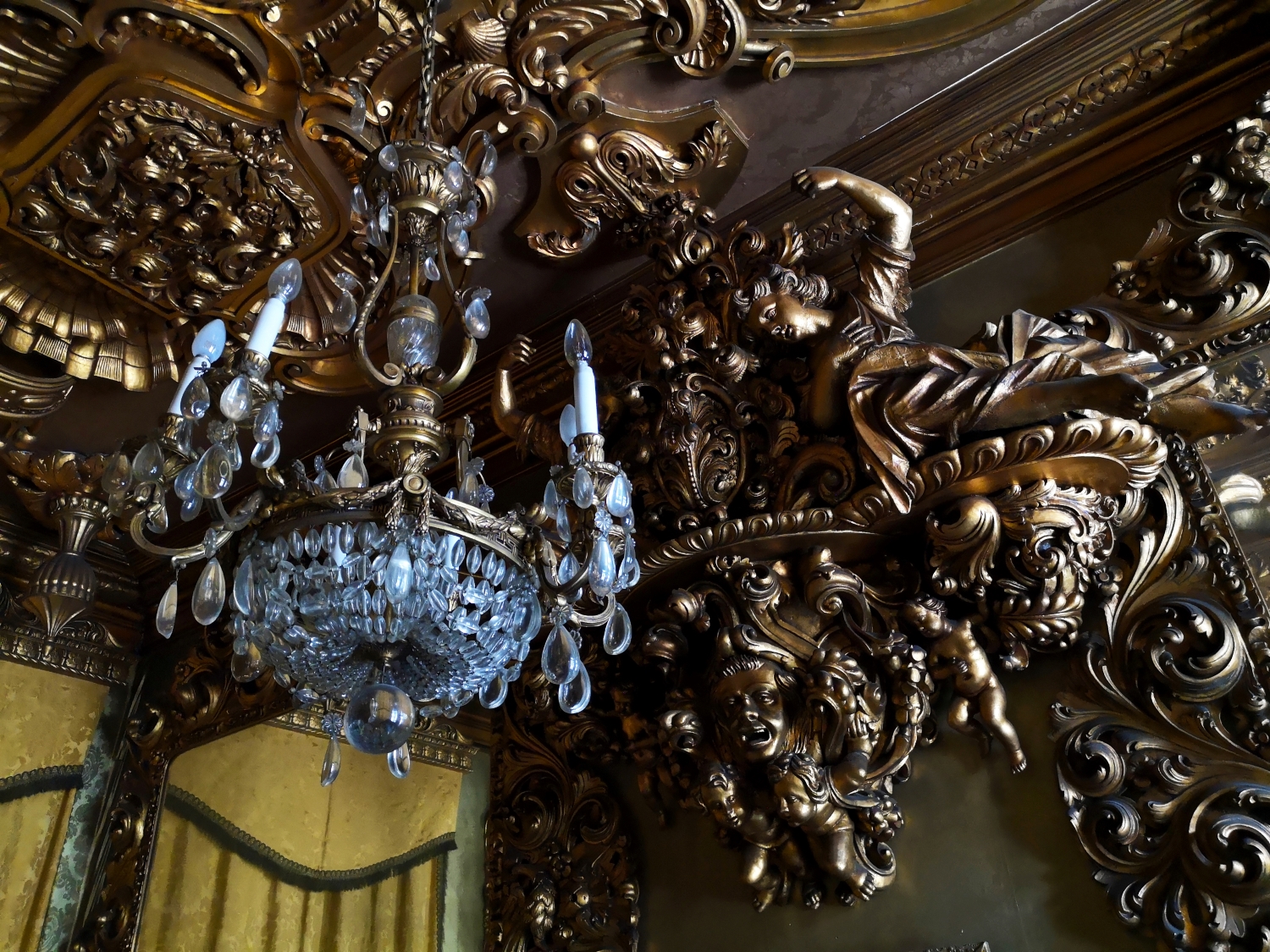
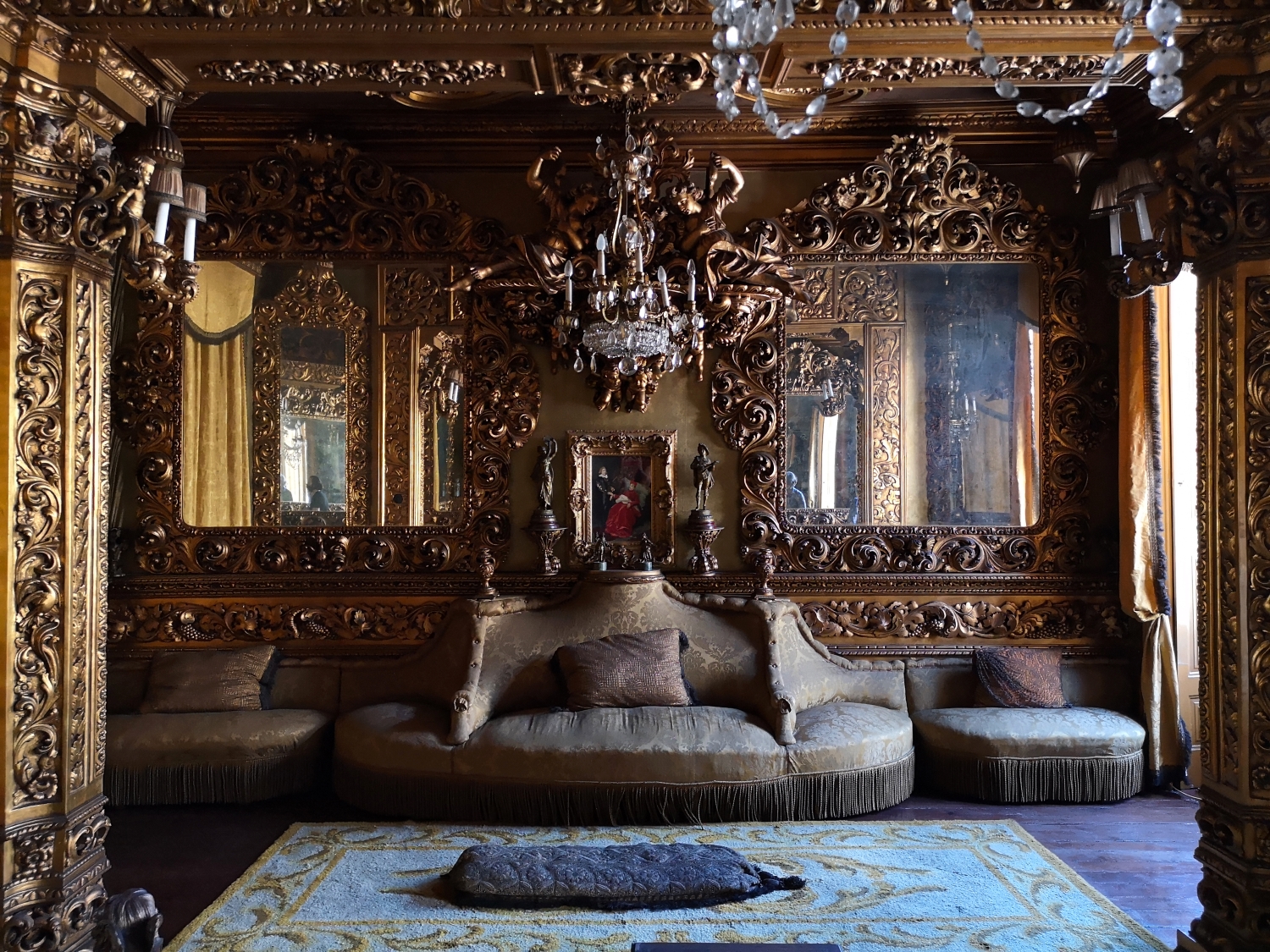
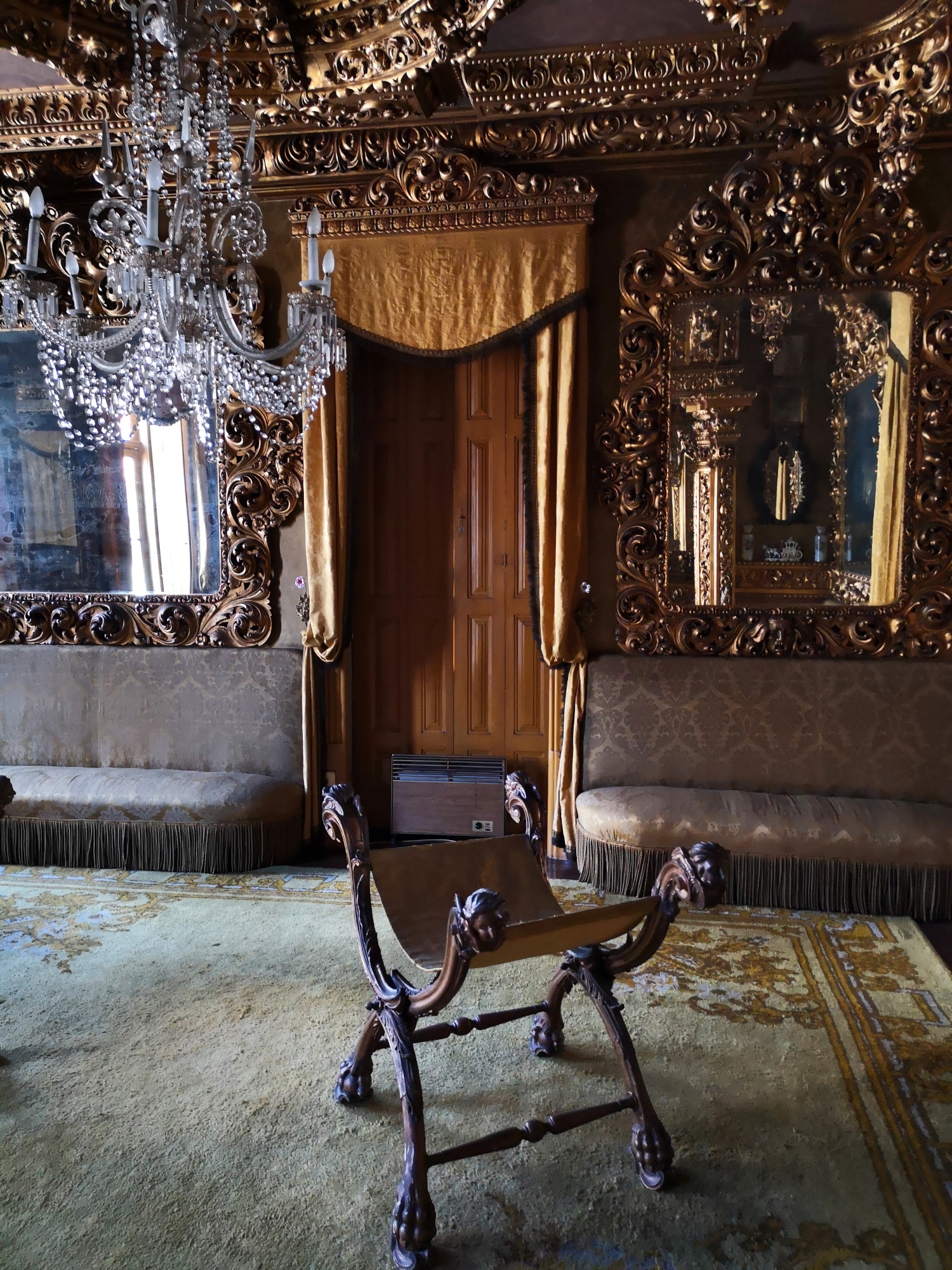
Sala Azul:
The blue room is a hall in the stairs in between floors, bursting with the most beautiful religious figures, ex votos, relics and a portrait of Castro in the centre painted by his dear friend Alberto Silva. It’s also featuring paintings from José Julio de Sousa Pinto representing various French landmarks and portraits. In the opposite side we find a shelf with antique books from Portuguese and French writers, art, music and history. Castro was an avid reader and collector, being poetry his favourite subject.
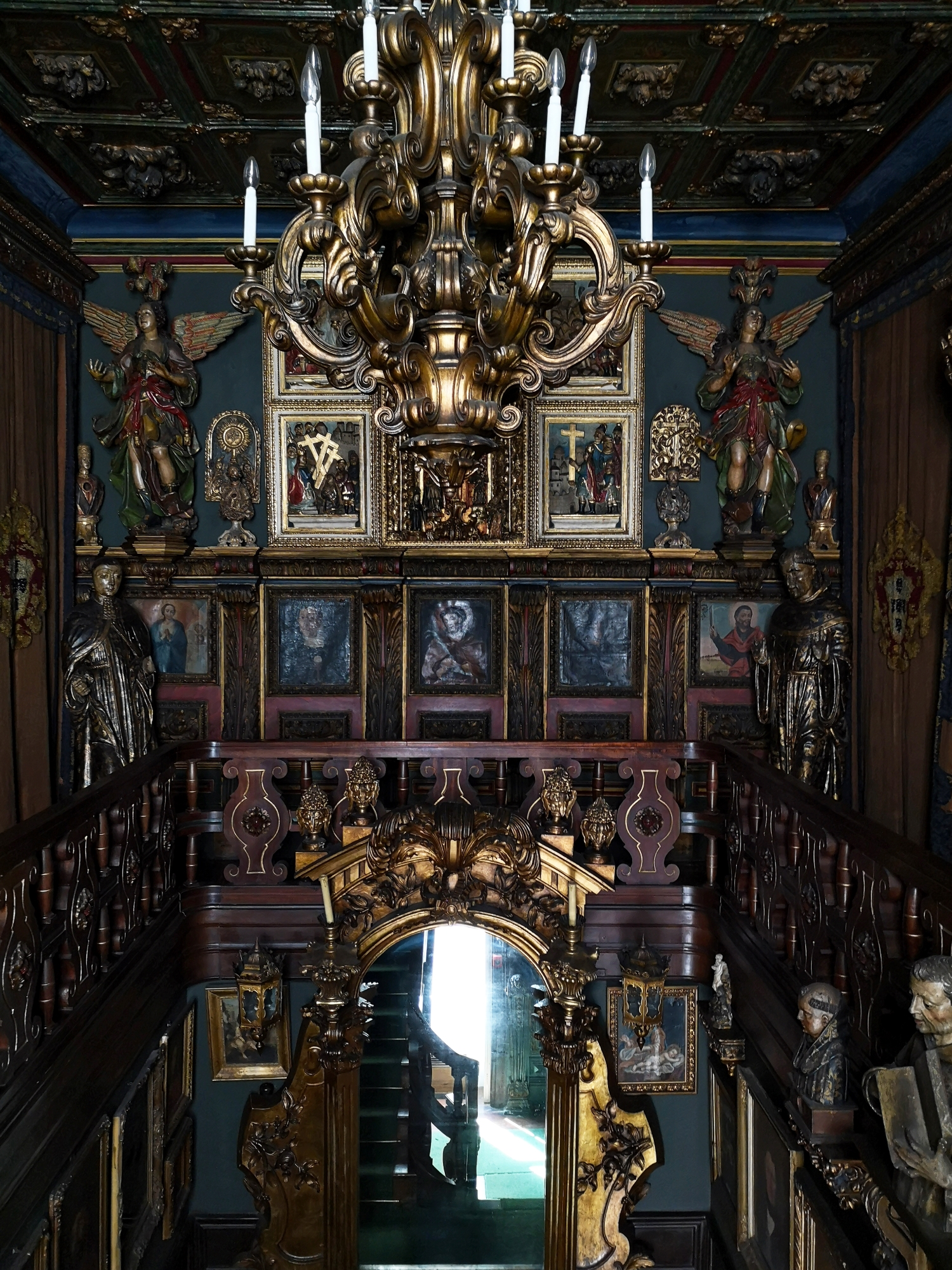
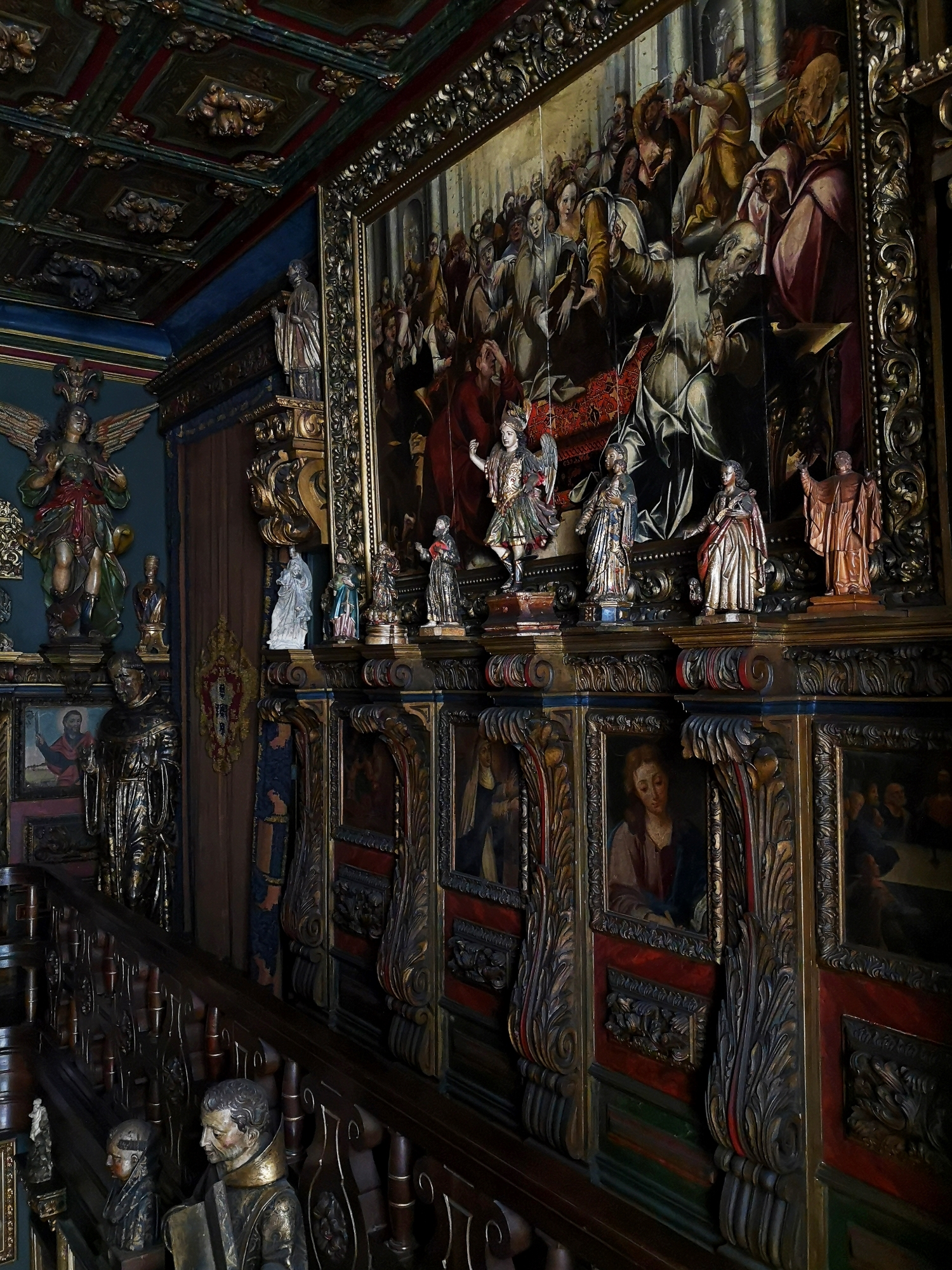
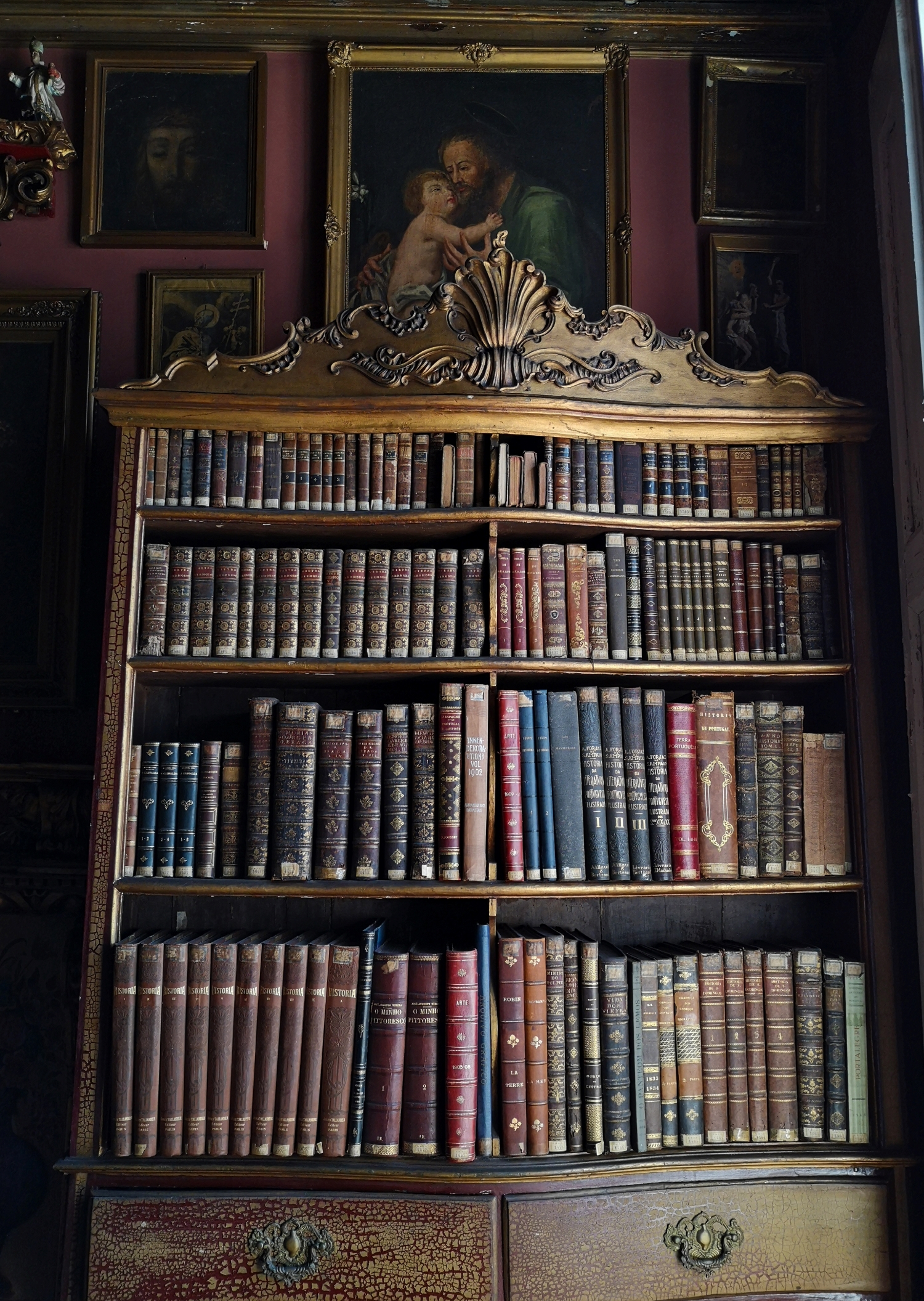
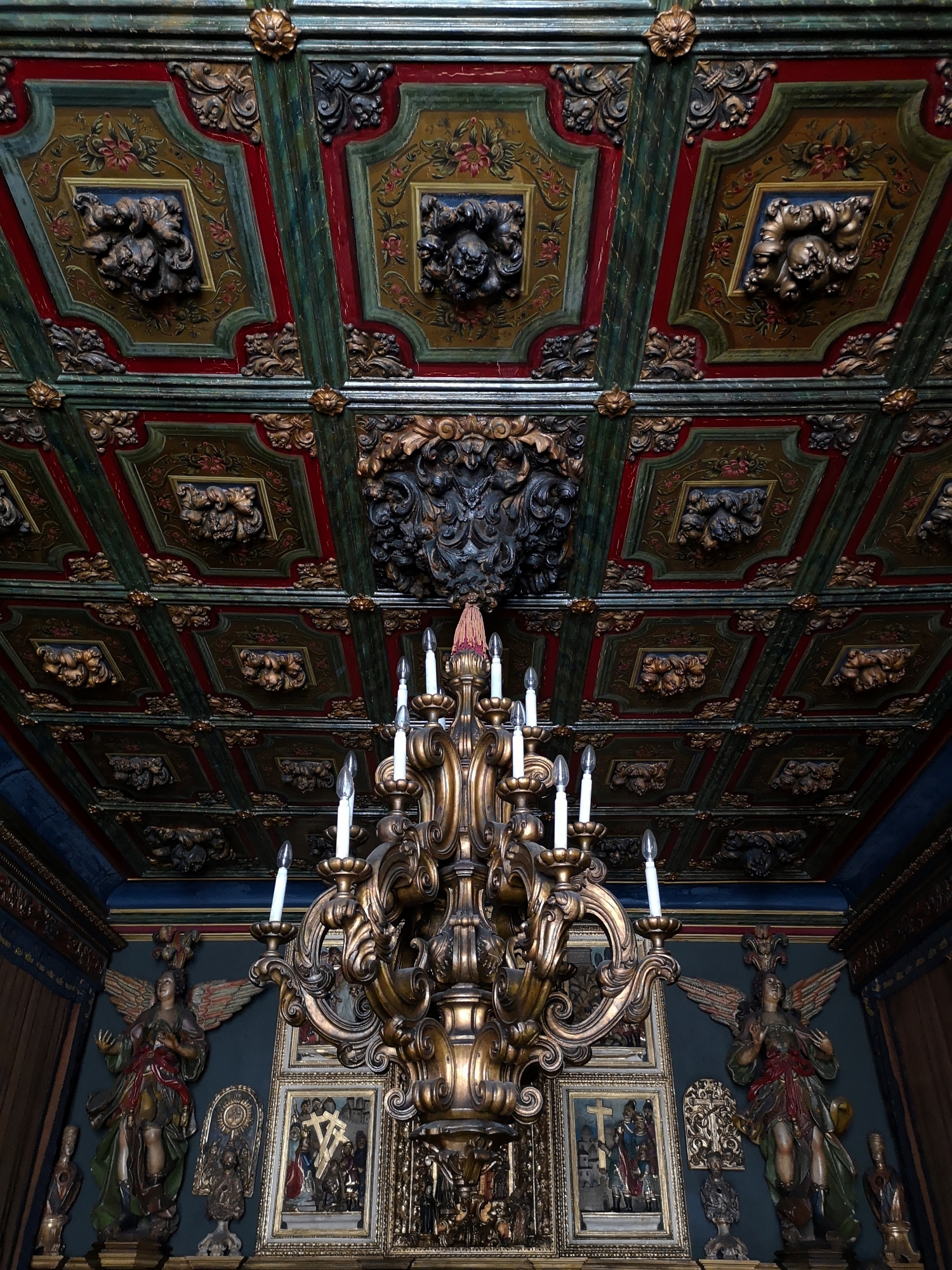
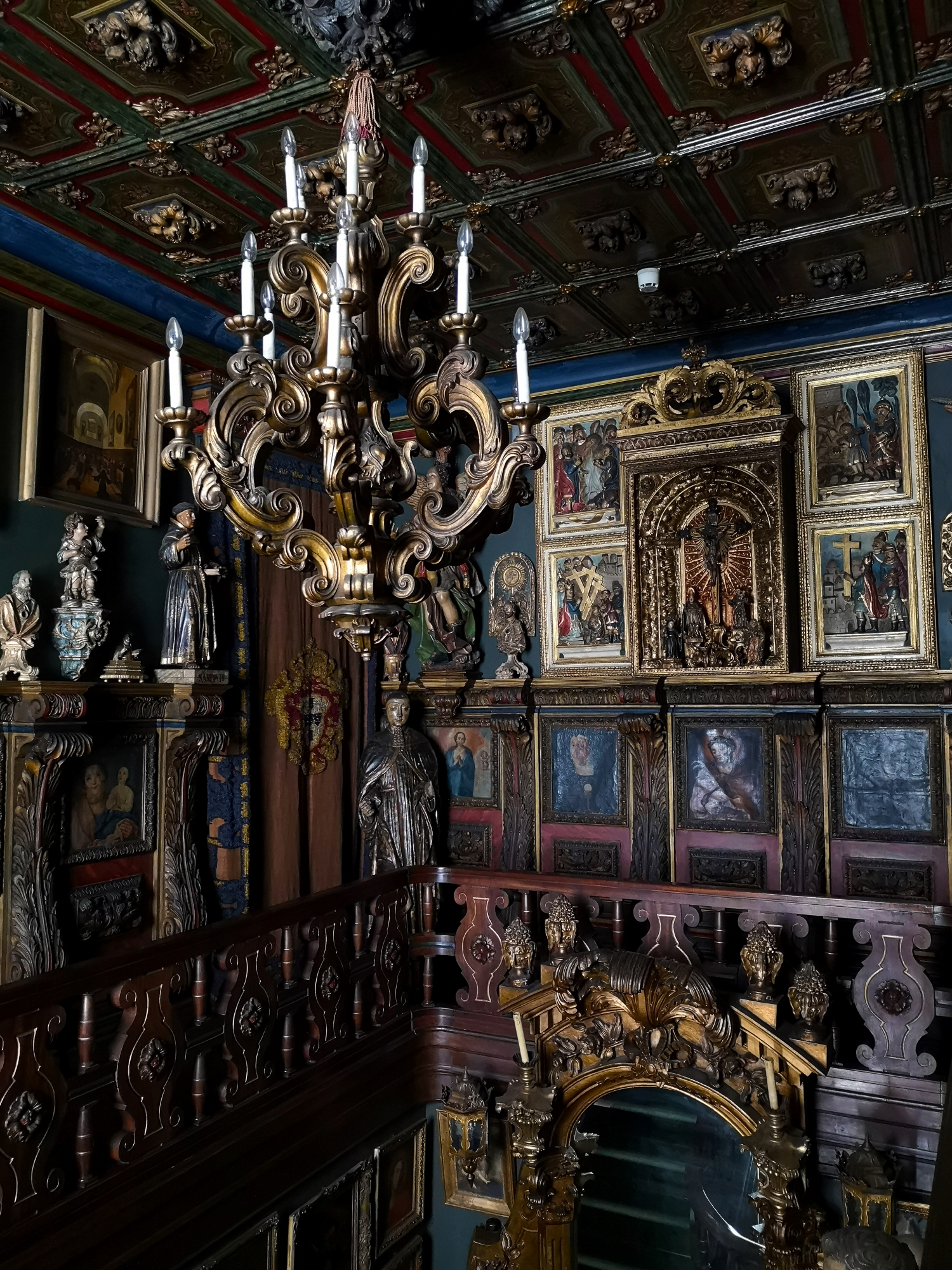
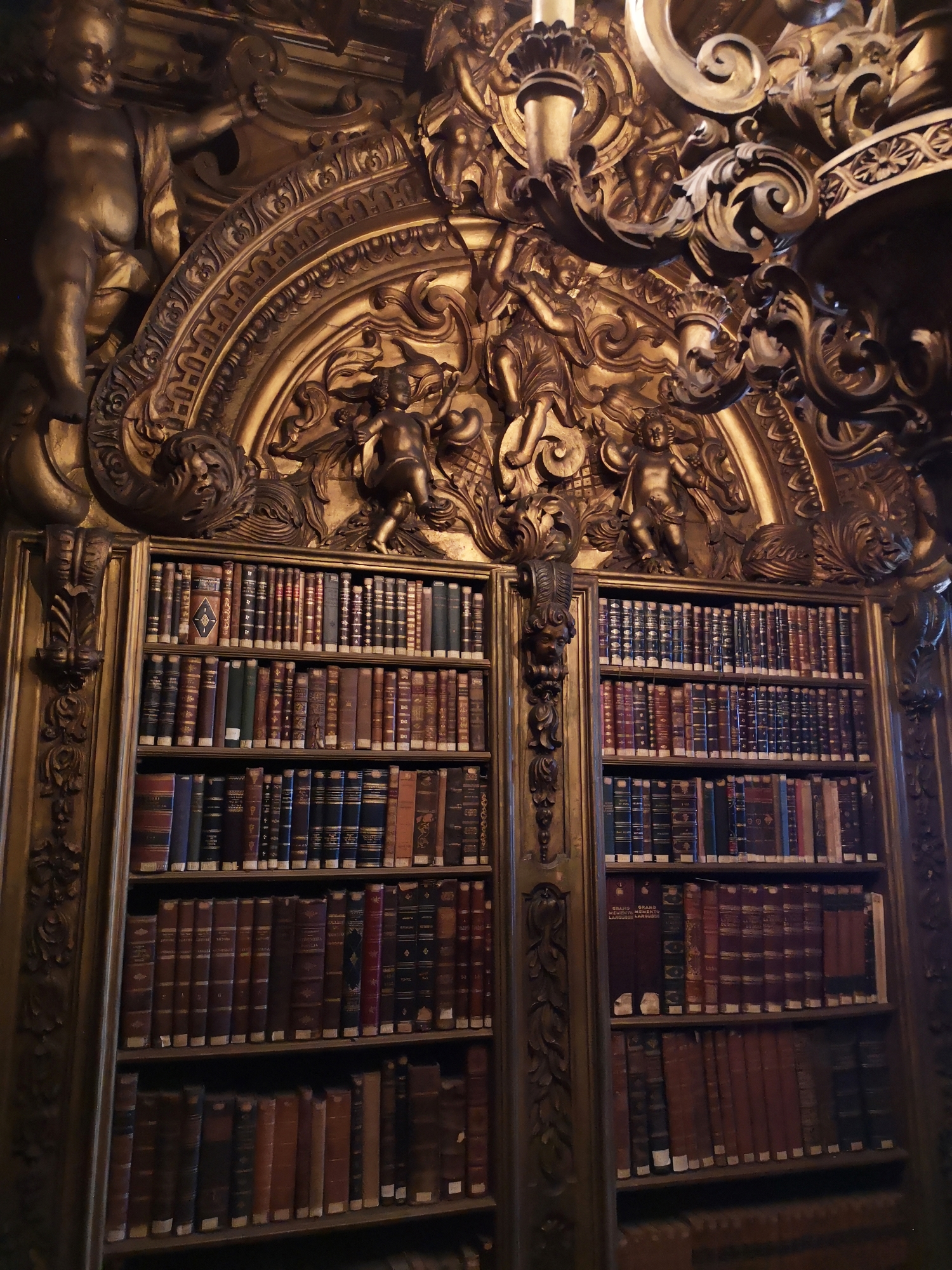
Quarto de dormir:
After landing on the second floor, we get to visit the amazing bedroom. Also in a baroque style, the room is all full of relics, religious objects, paintings and an incredible bed with a frame entirely modelled as a golden church altar. Walls and furniture exhibit all sorts of religious sculptures, ceramics and relics. The ceiling is polychromate wood and the room has even more shelves storing antique books. Photos describe it better than words. From there we went to see a small exhibition of Castro’s books and caricatures in different publications.
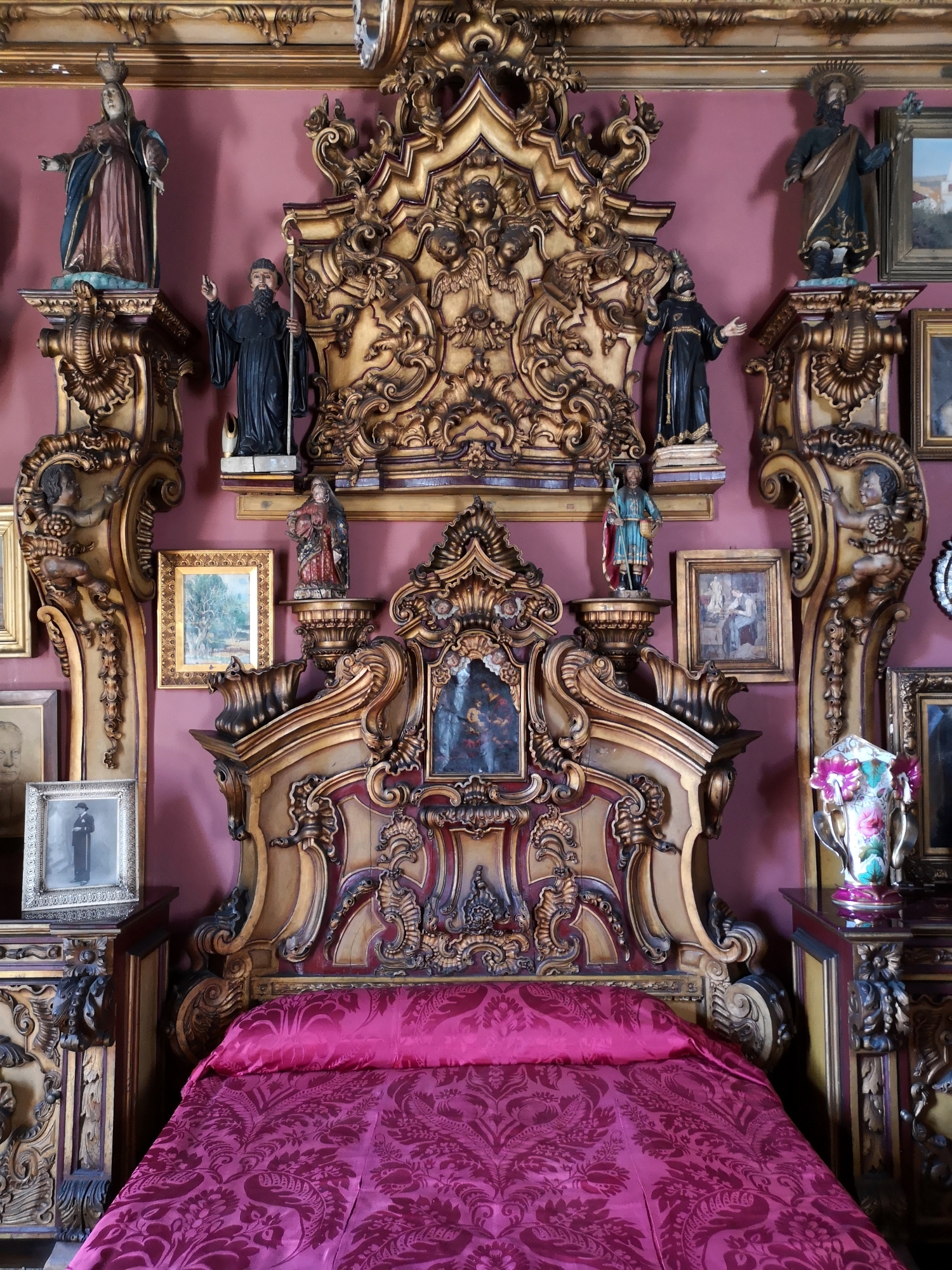
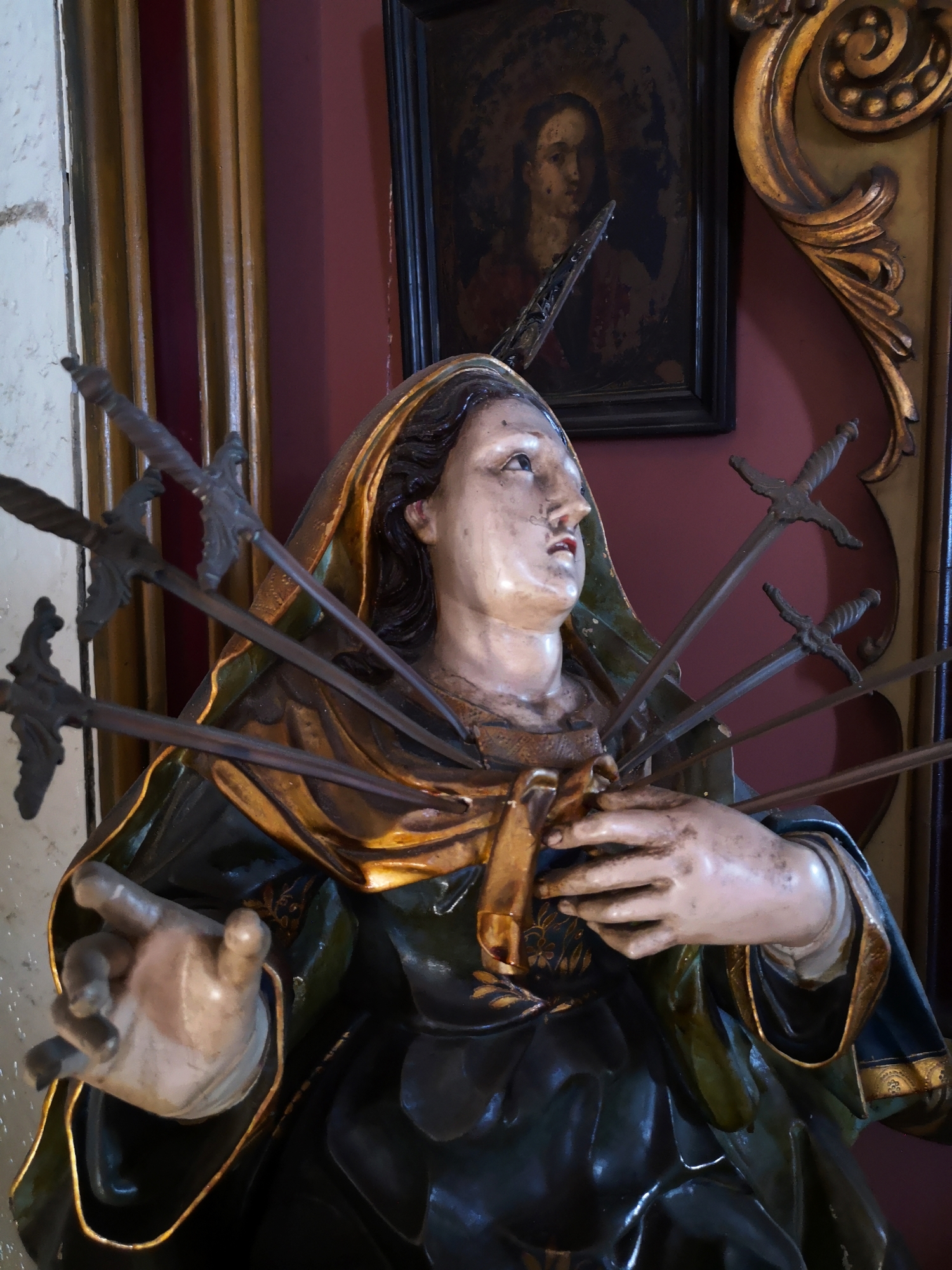
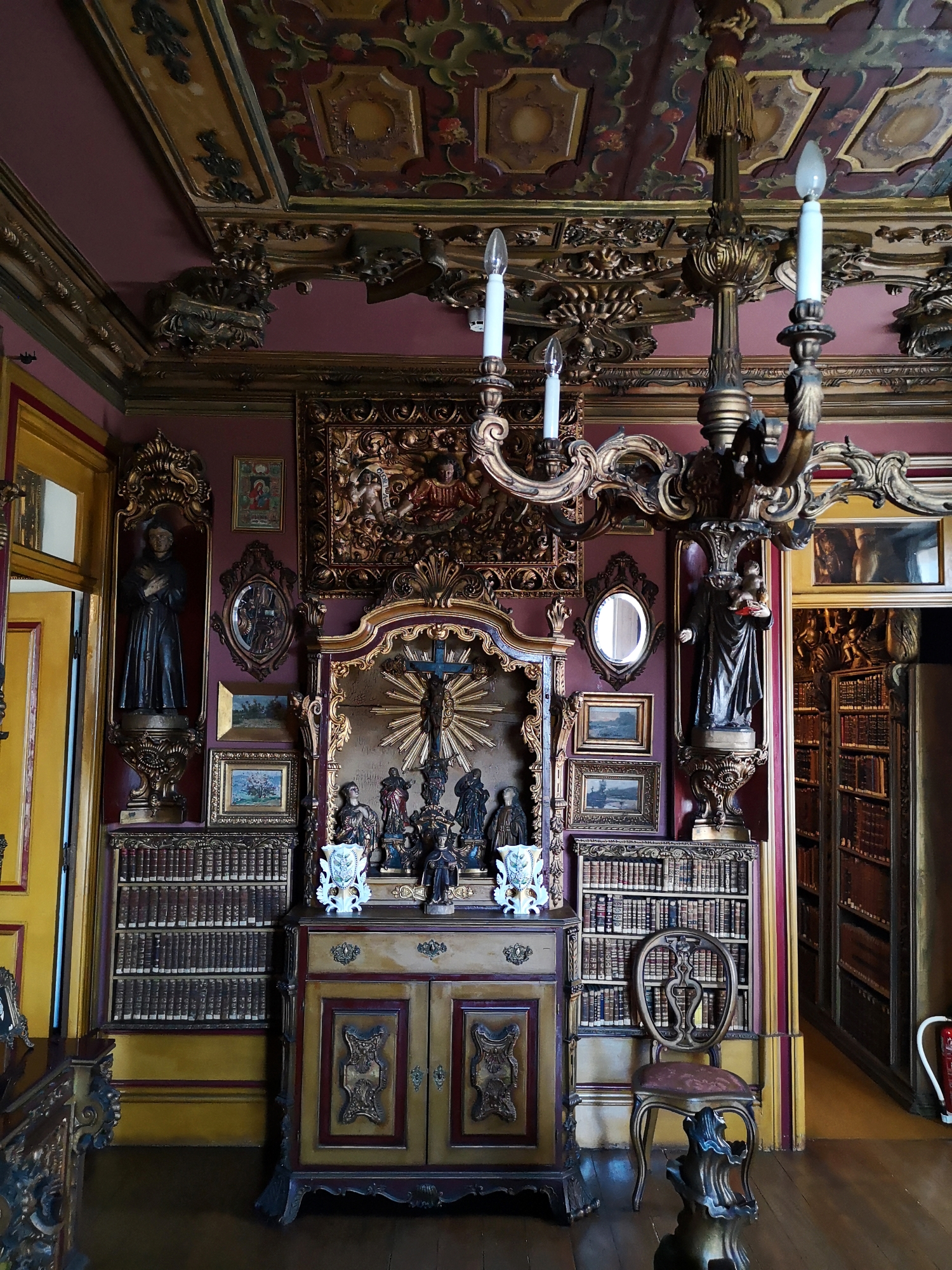
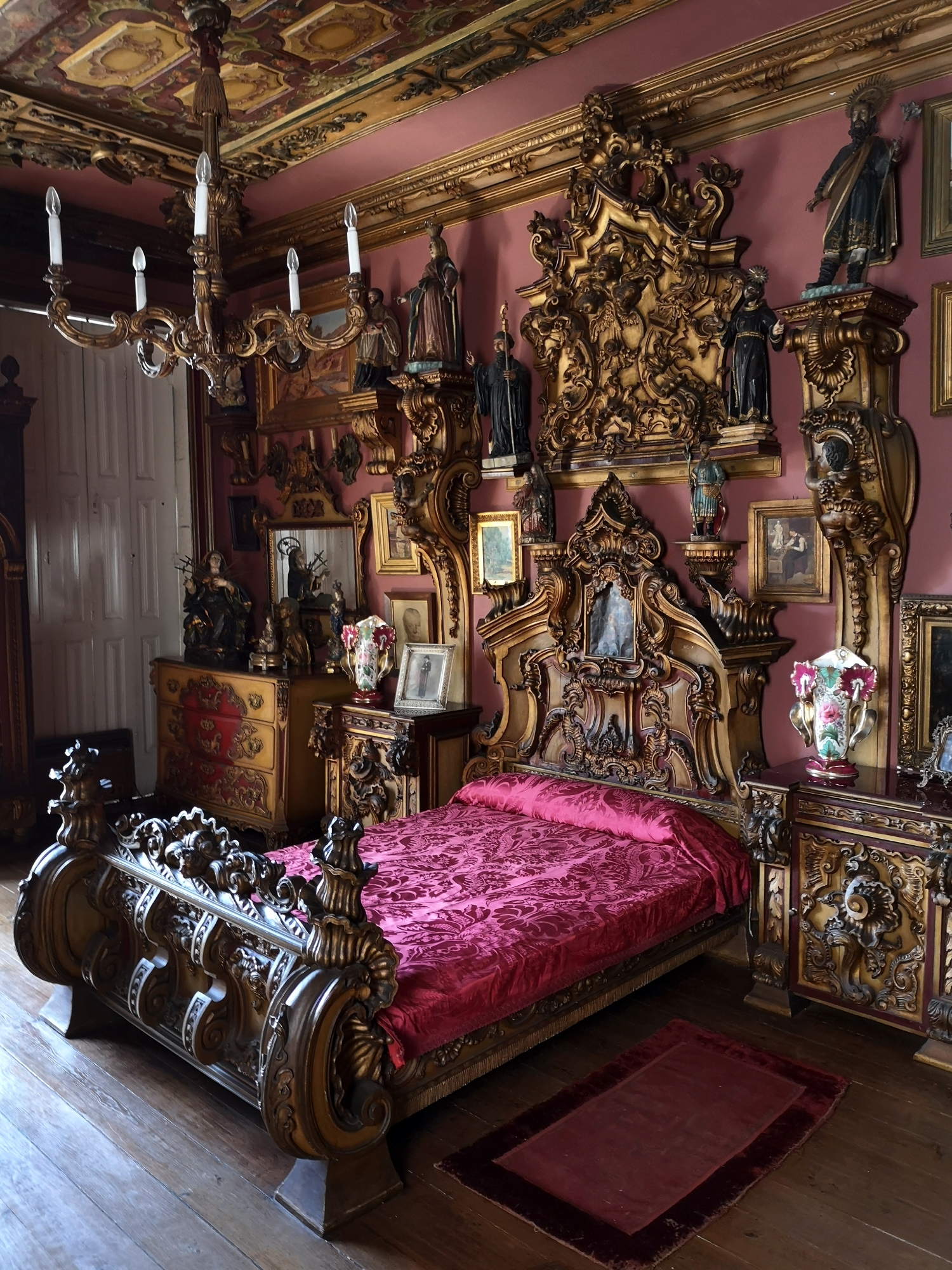
Top floor:
After visiting almost all rooms in the house, going up through narrow stairs and passing by amazing golden carved shelves full of wonderful books, you arrive at the stunning top floor. Again photos say more than words, you feel like in a baroque church. The room is completely covered in golden wood, statues, relics and even an original church pulpit hanging from the wall. The ceiling has an incredible stained-glass piece made by Oficina Antunes that allows some light in to illuminate all the objects exhibited there.
Many paintings grace the walls as well, especially remarkable are the one of Santo André, an oil painting representing the Mártires do Marrocos and another one of Santa Teresa de Ávila. In words of Hugo Rocha, this room is a recreation of the disappeared Convento de Santa Clara de Coimbra. This part of the house also includes paintings from Maurício José Sendim and portraits by A. Roquemont.
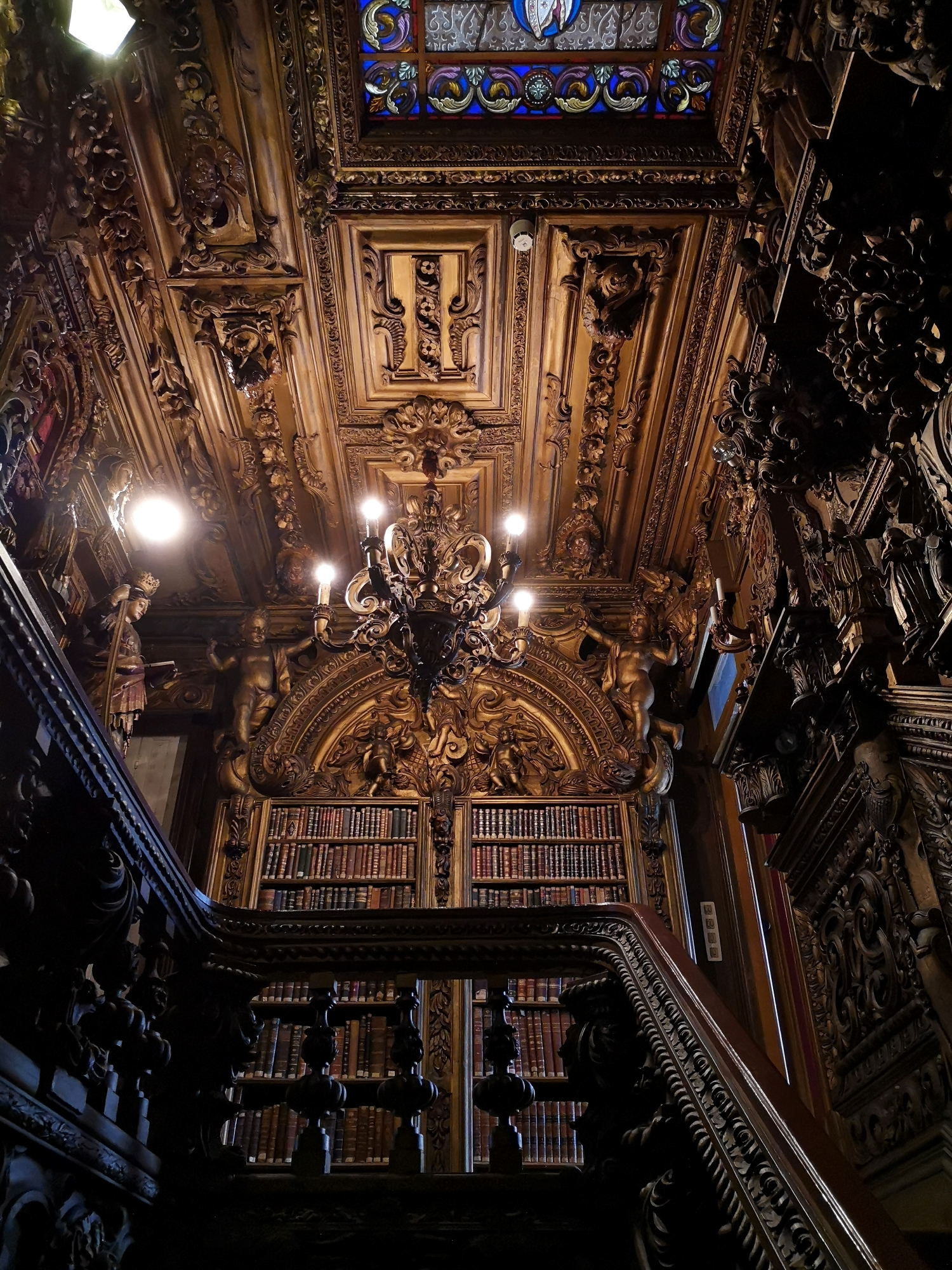
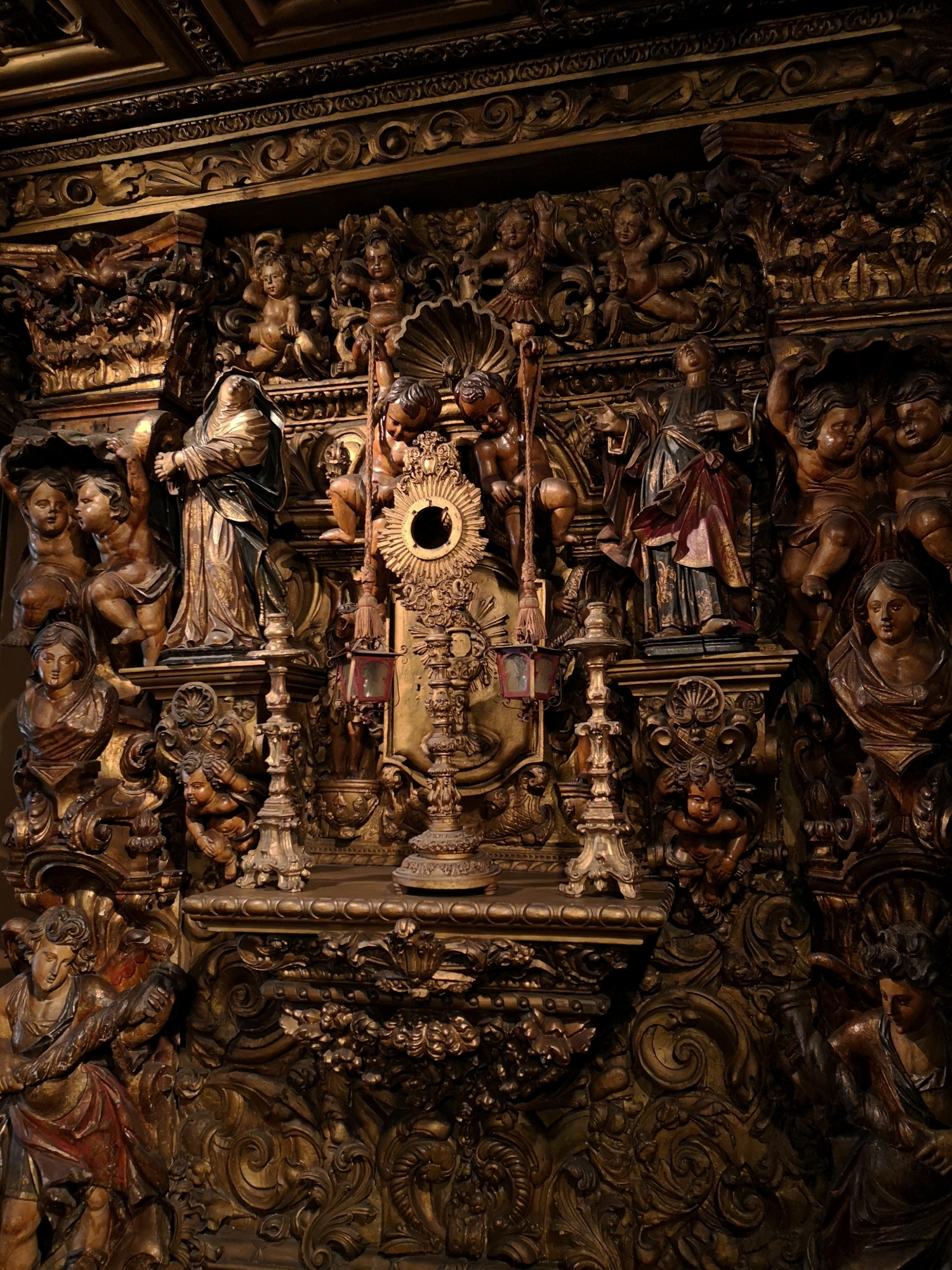
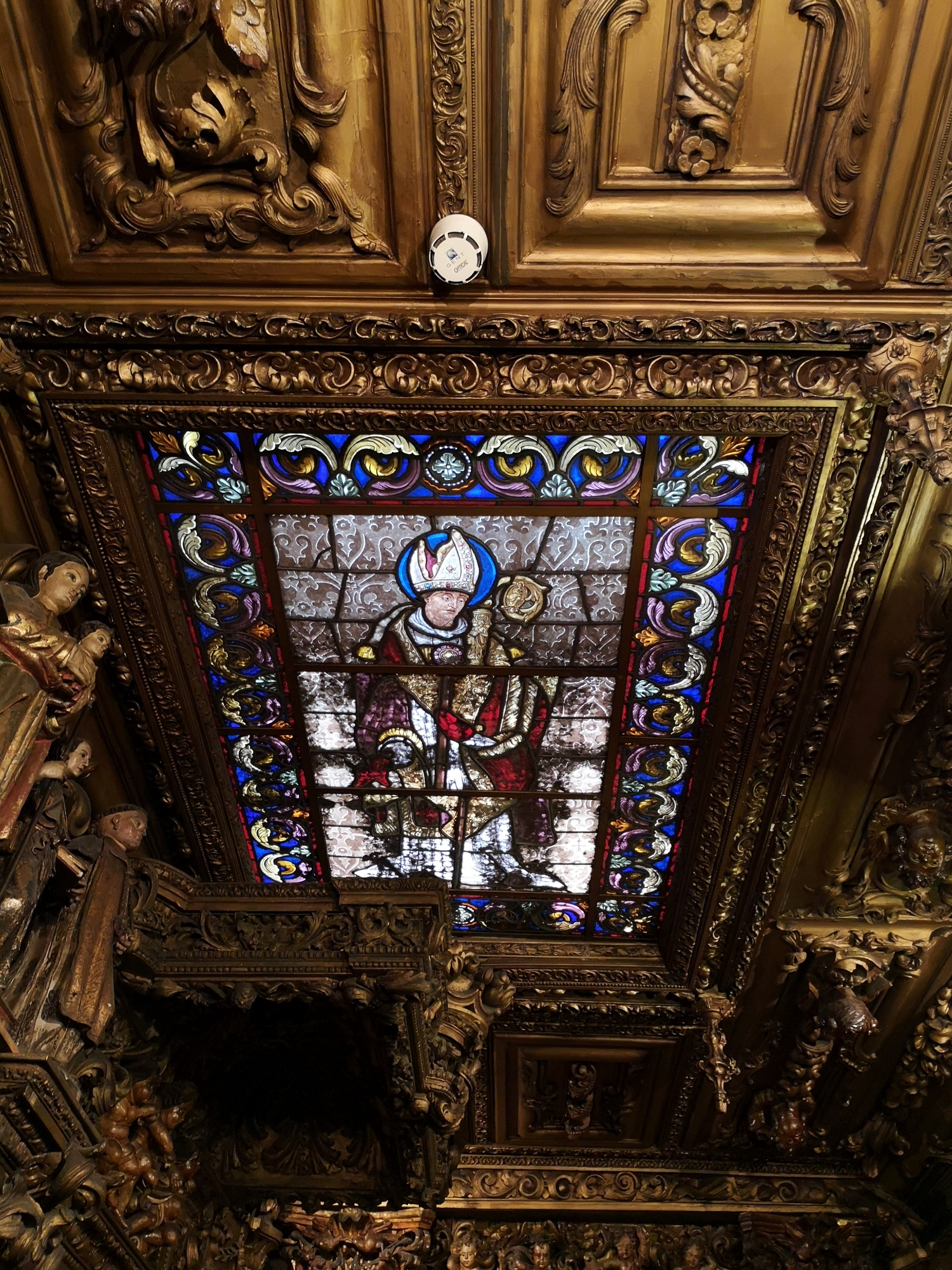
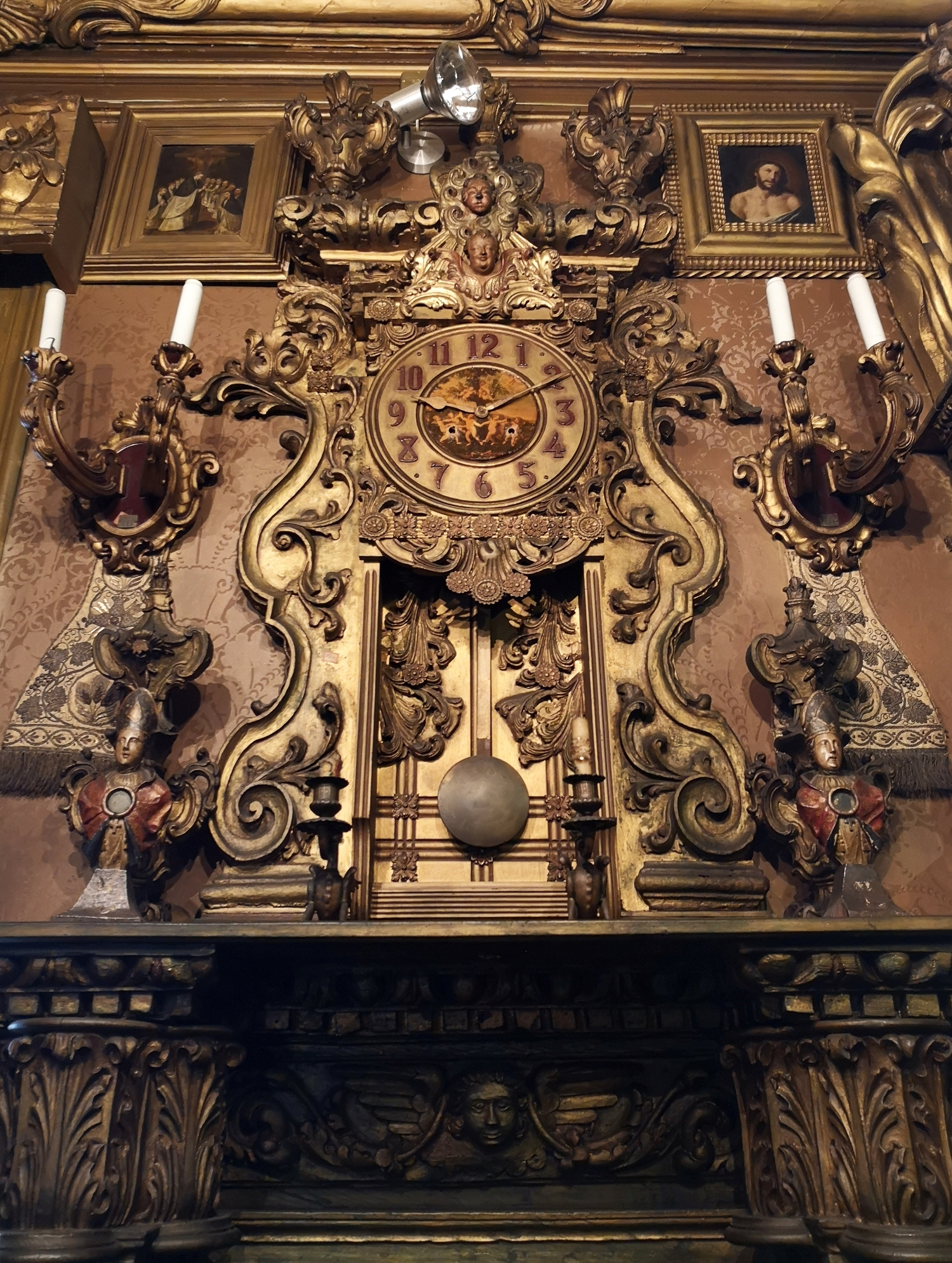
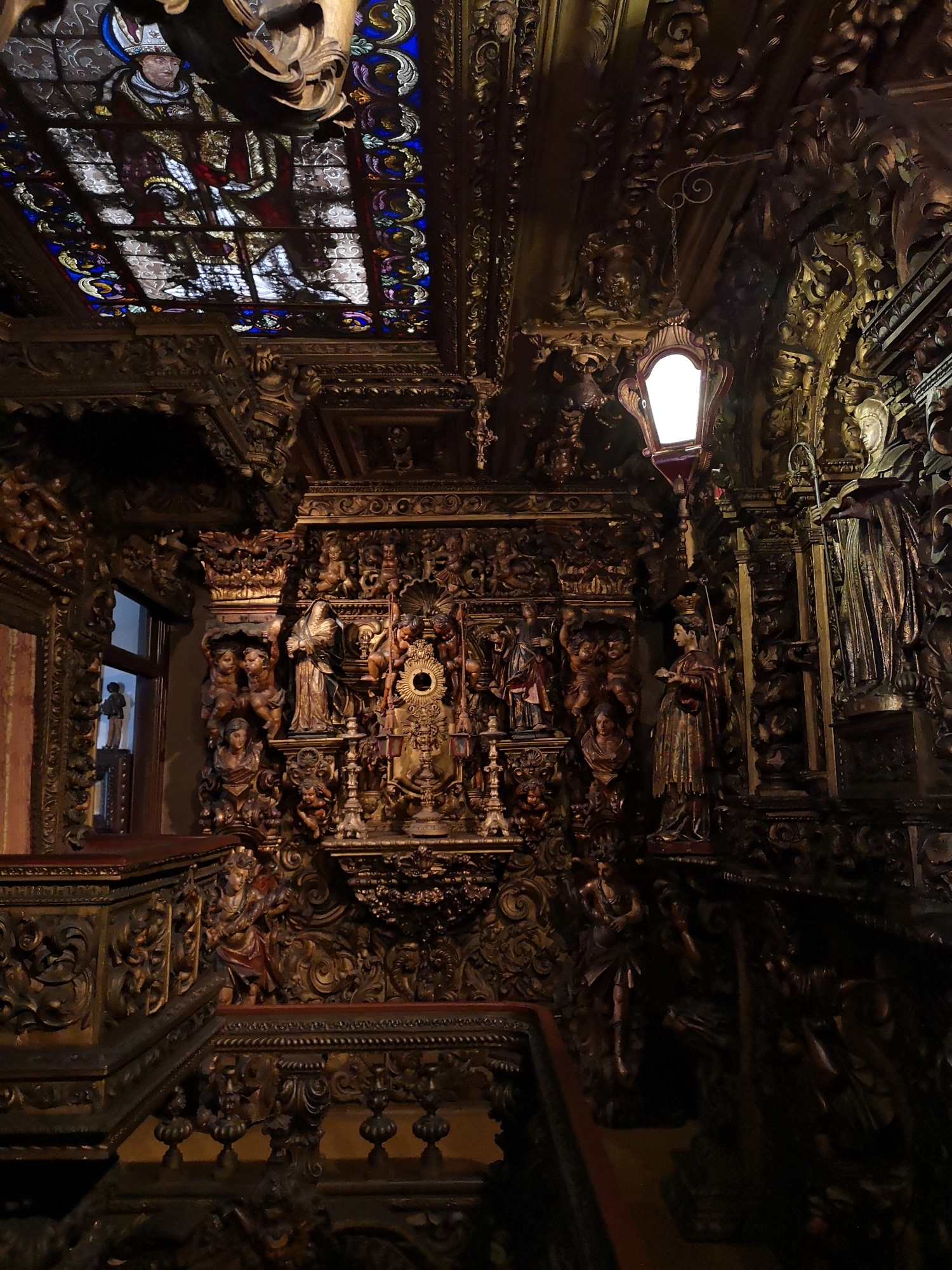
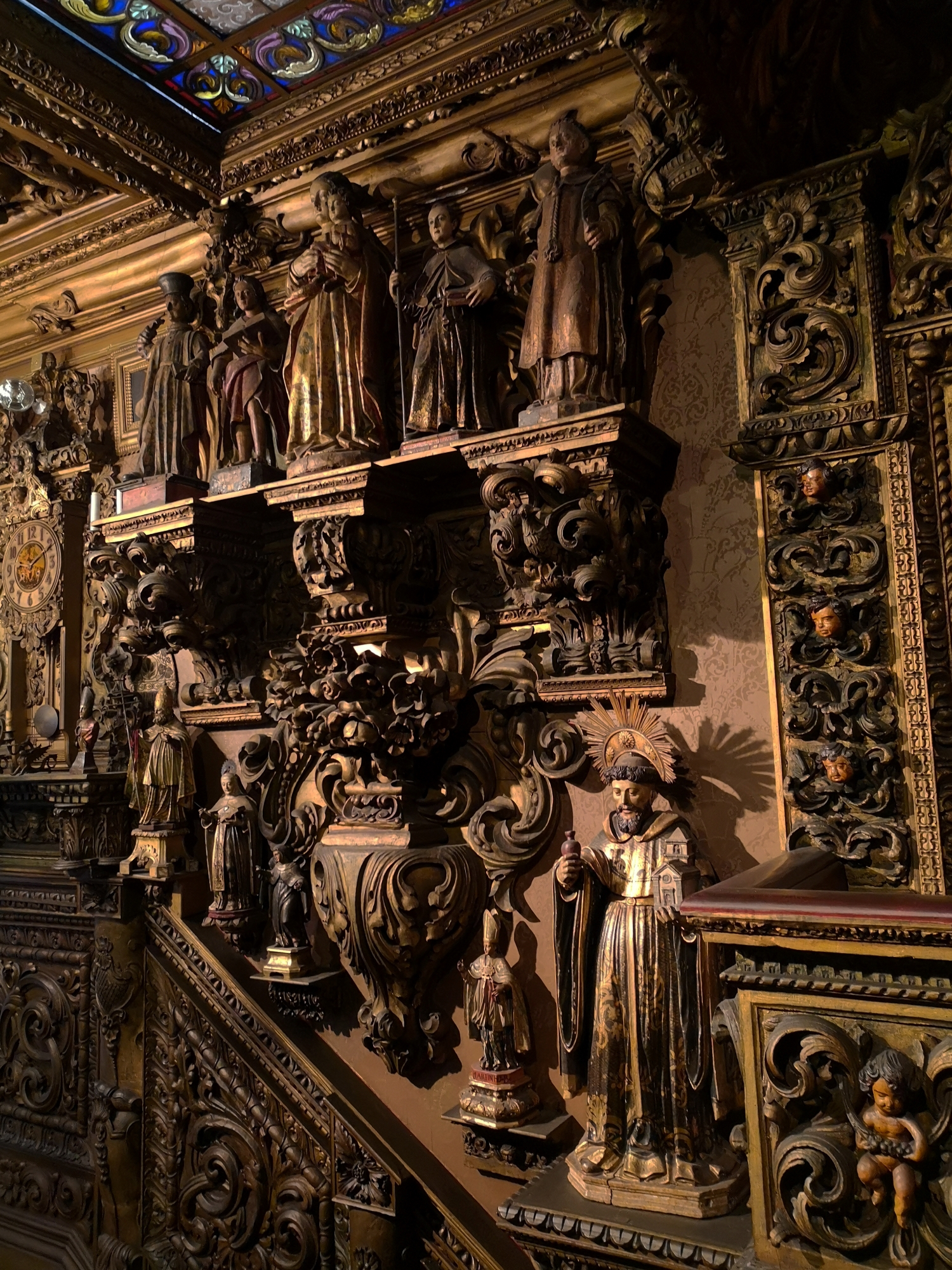
Sala Fernando de Castro’s room:
A last room awaits the visitor, preserved like it was when Castro was alive by request of his heiress and sister, María da Luz. With a rococo inspired furniture, the room is fully covered in paintings and antique books in shelves, being the most relevant a painting by Bastien Lepage. The writing desks is surrounded by books on almost all sides, many of them dedicated to Castro by the authors.
One last detail worth mentioning is a painting by Rosa Bonheur and a lovely sleeping cat by Ayres de Gouveia, called Um belo Sonho.
